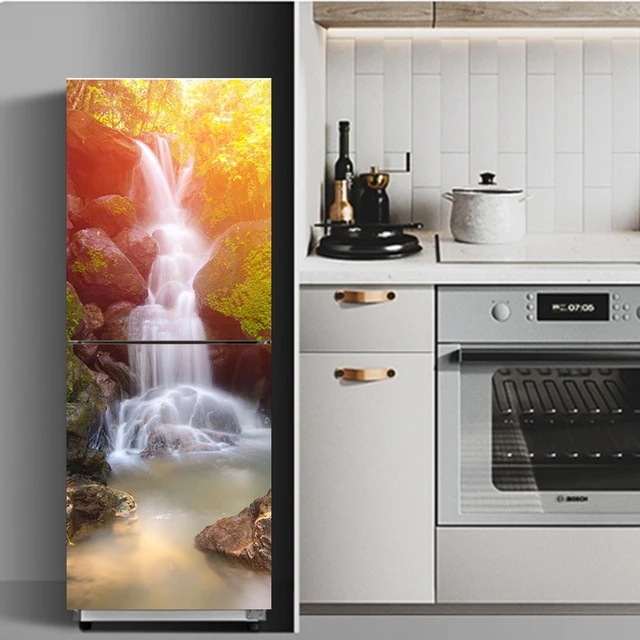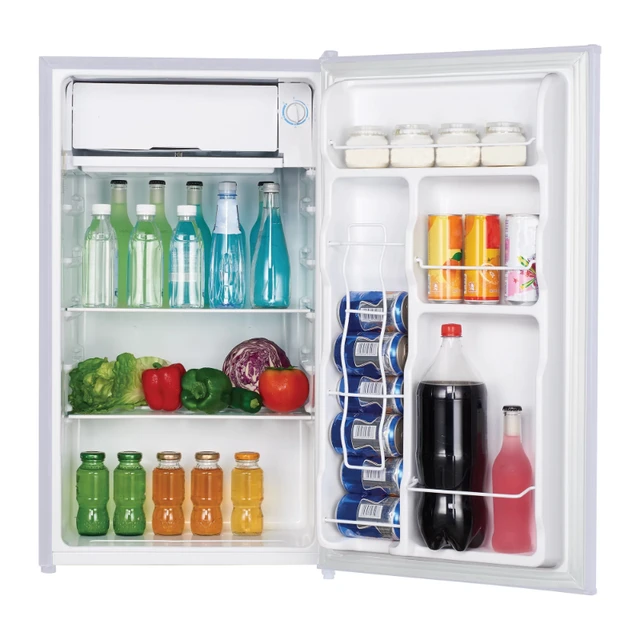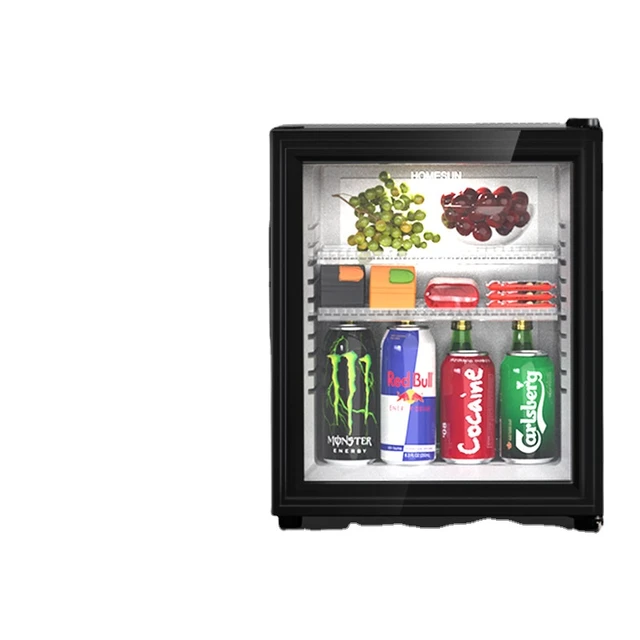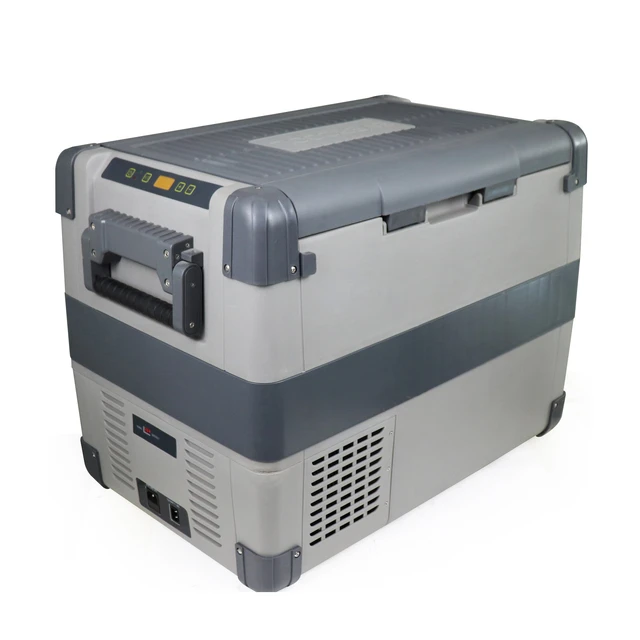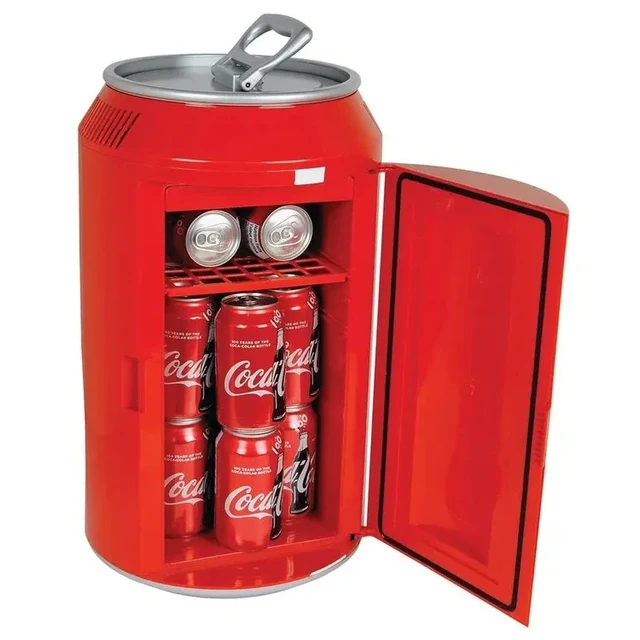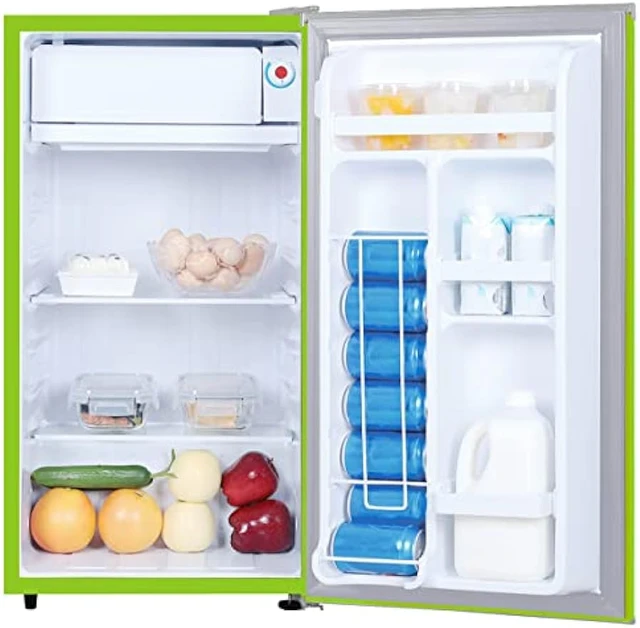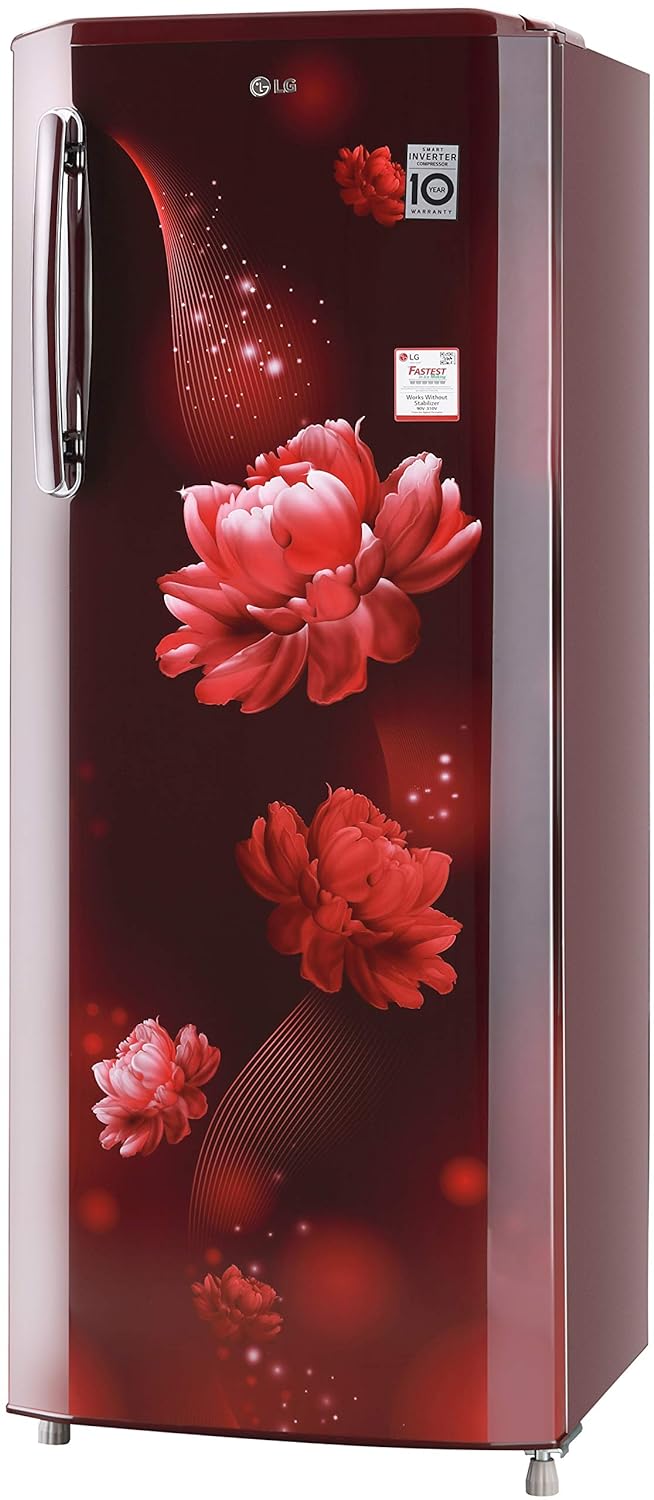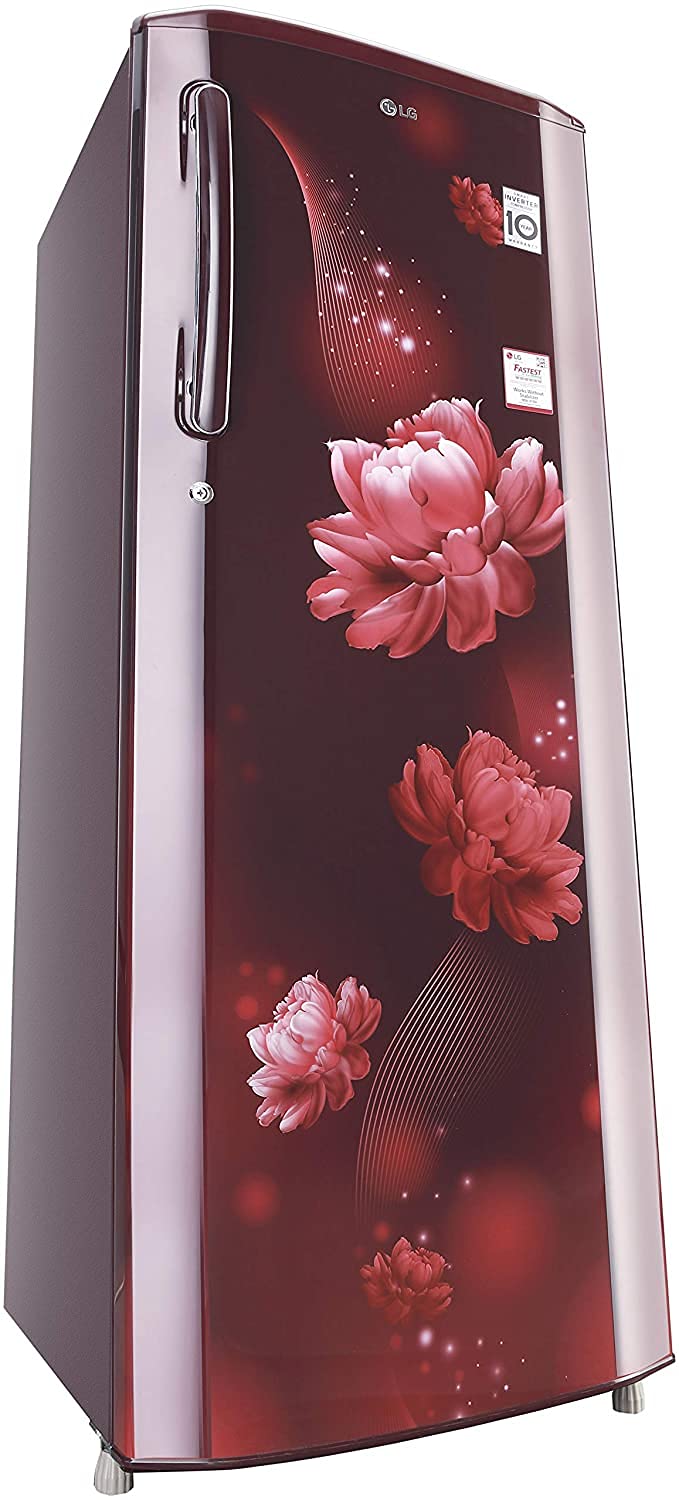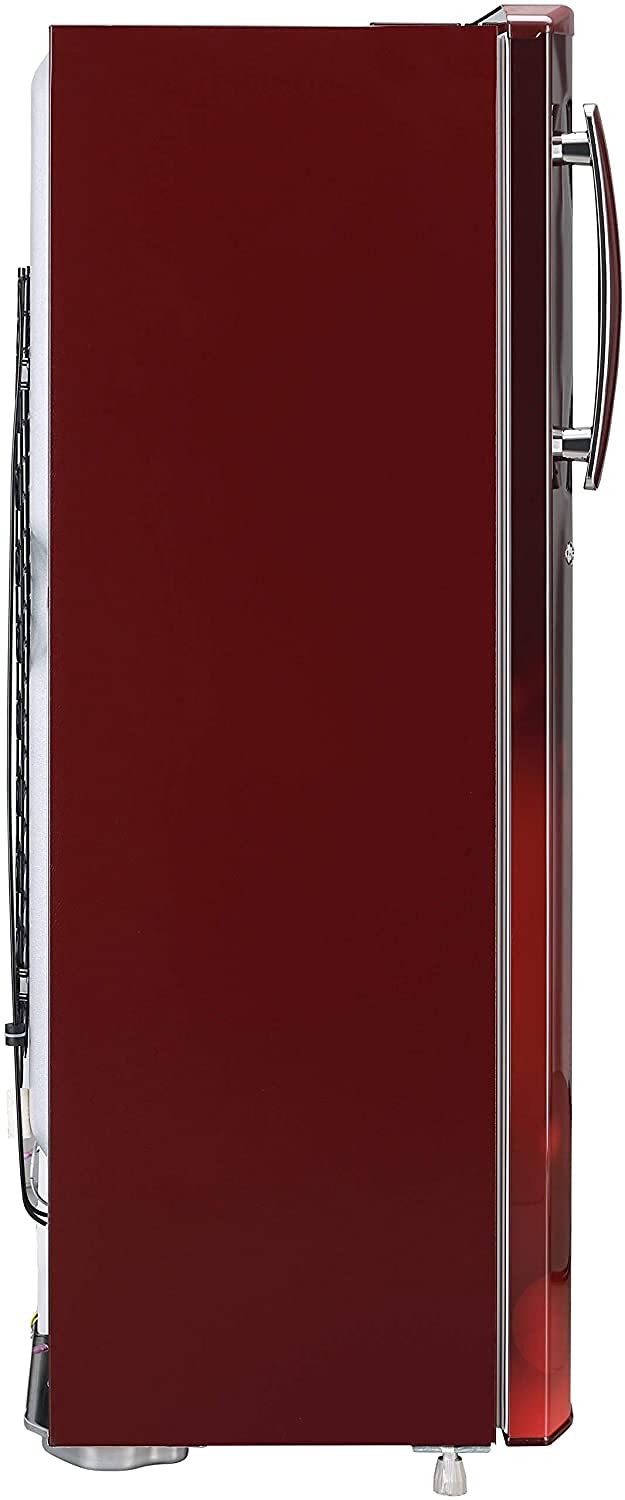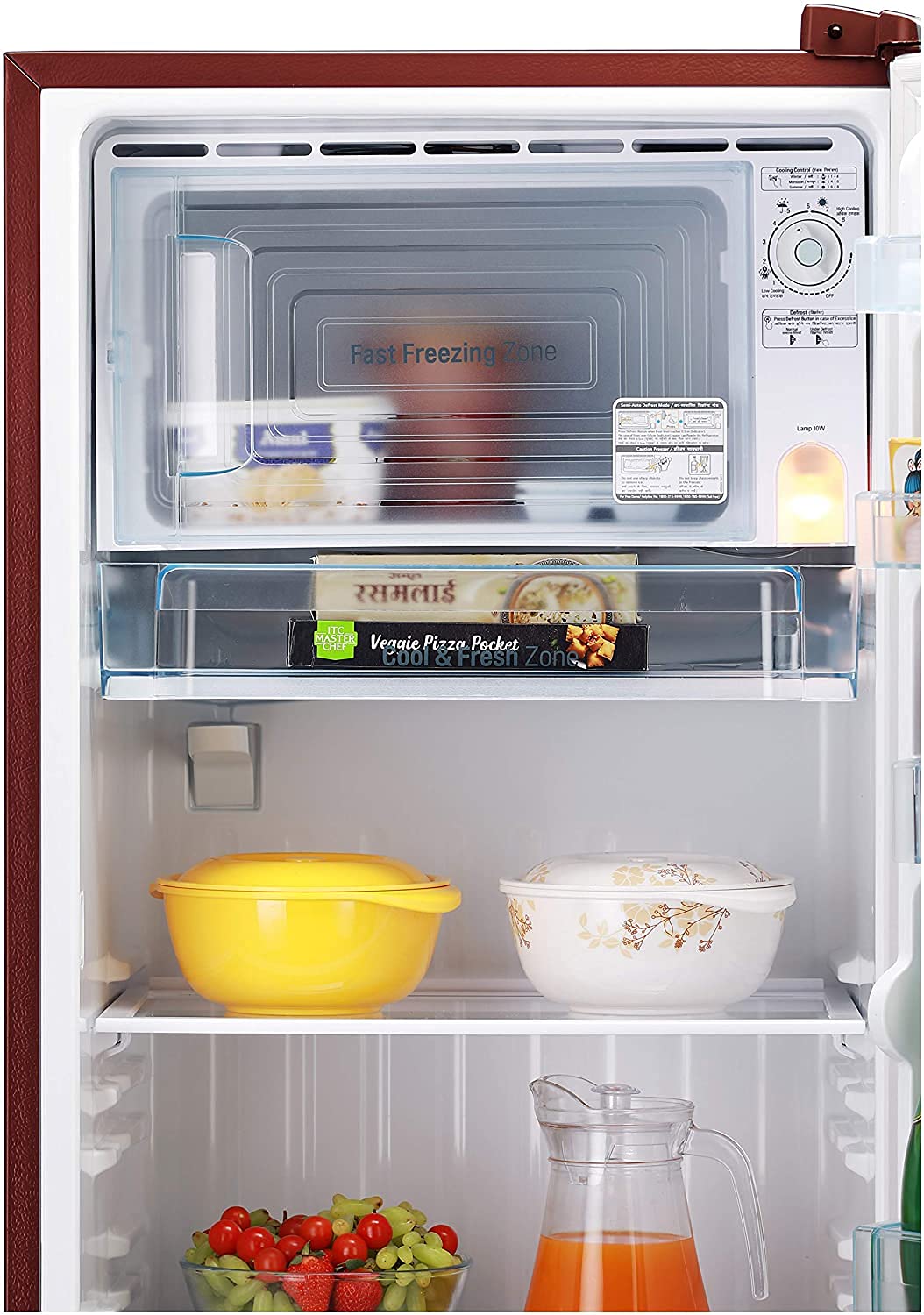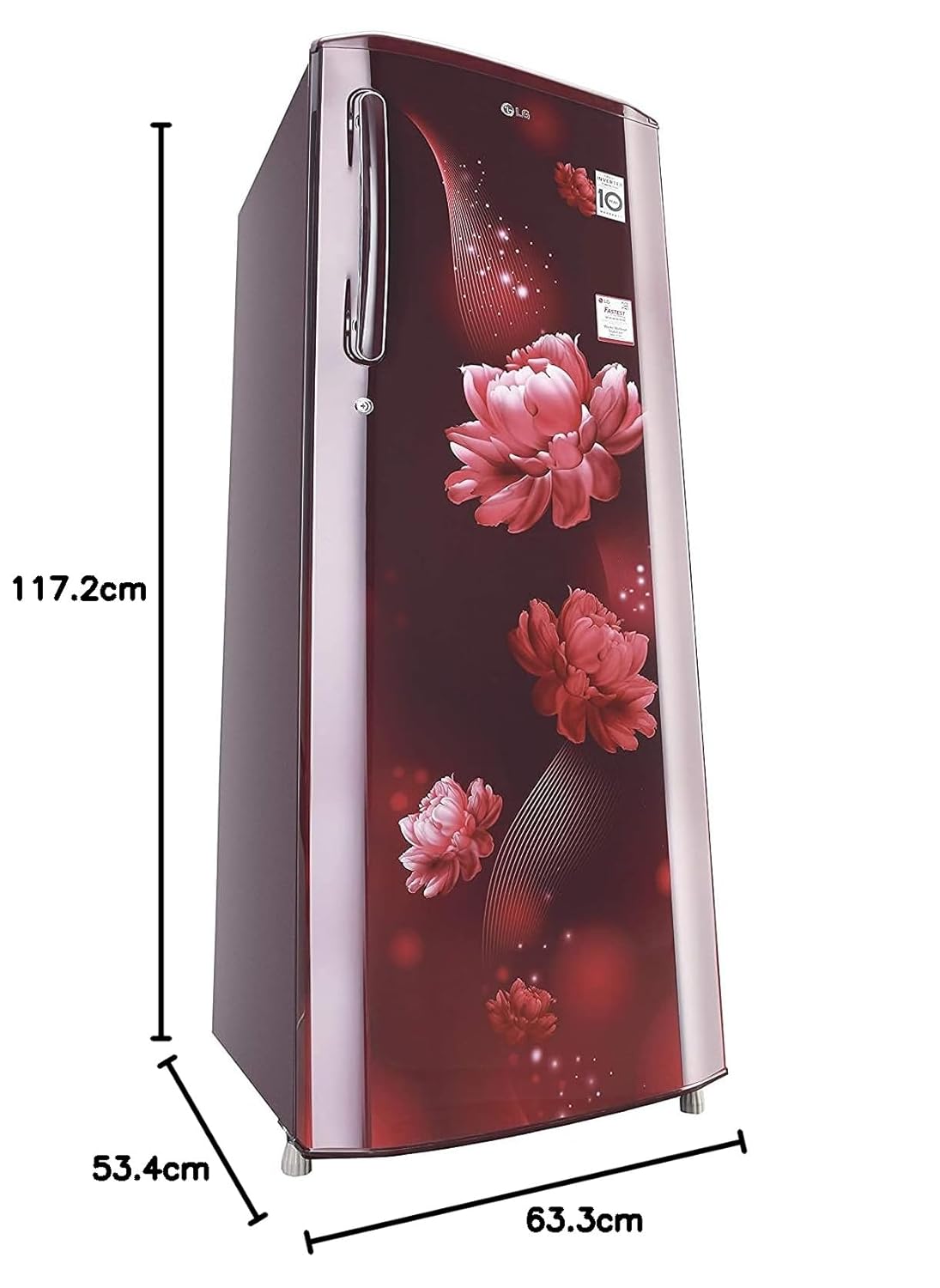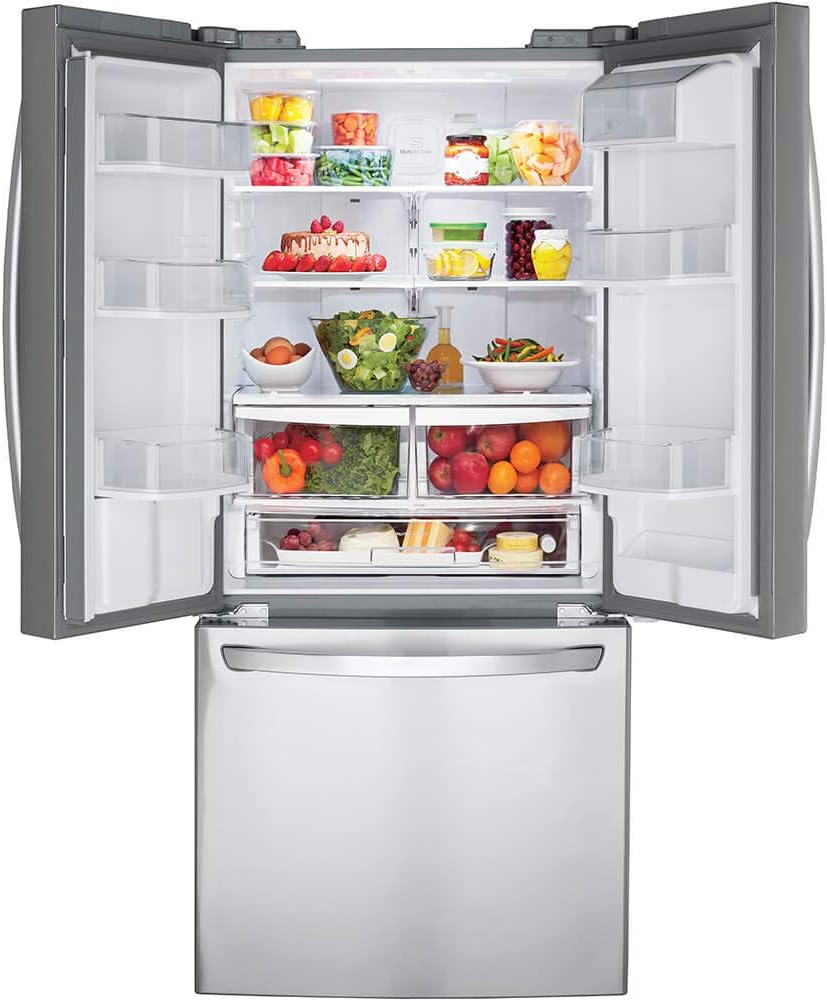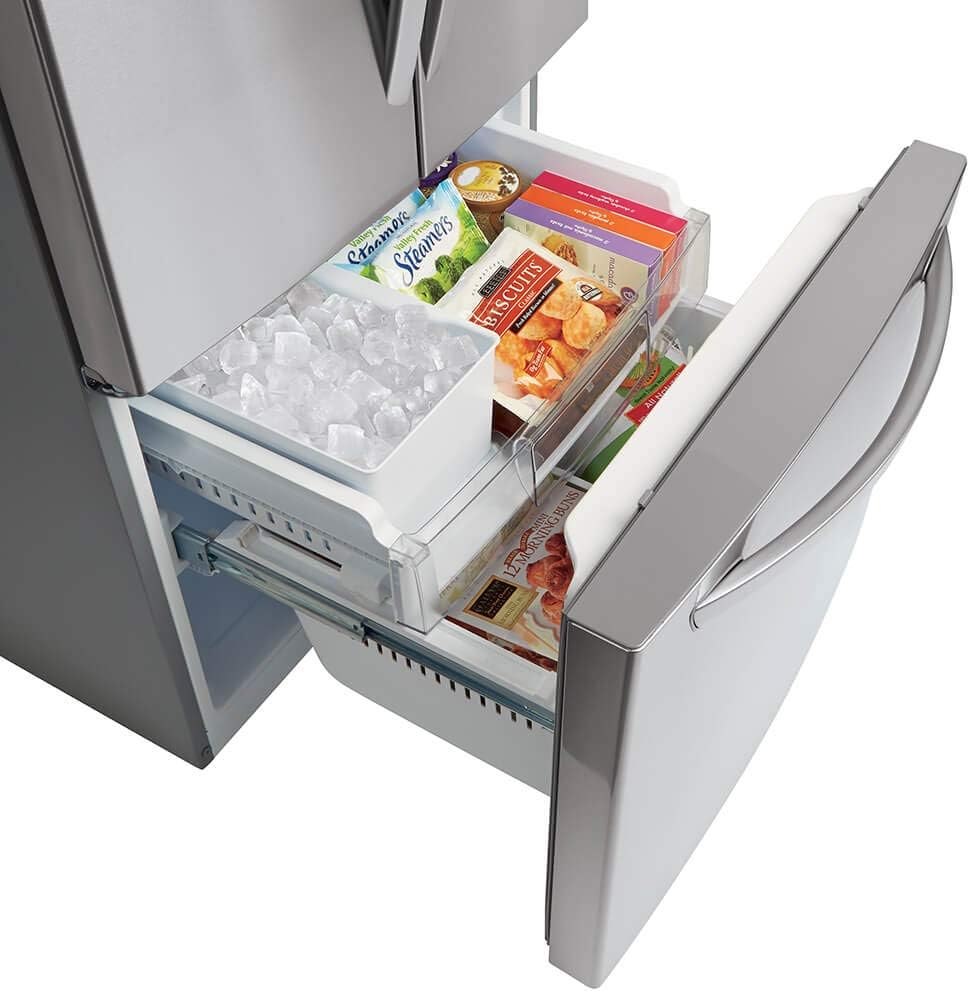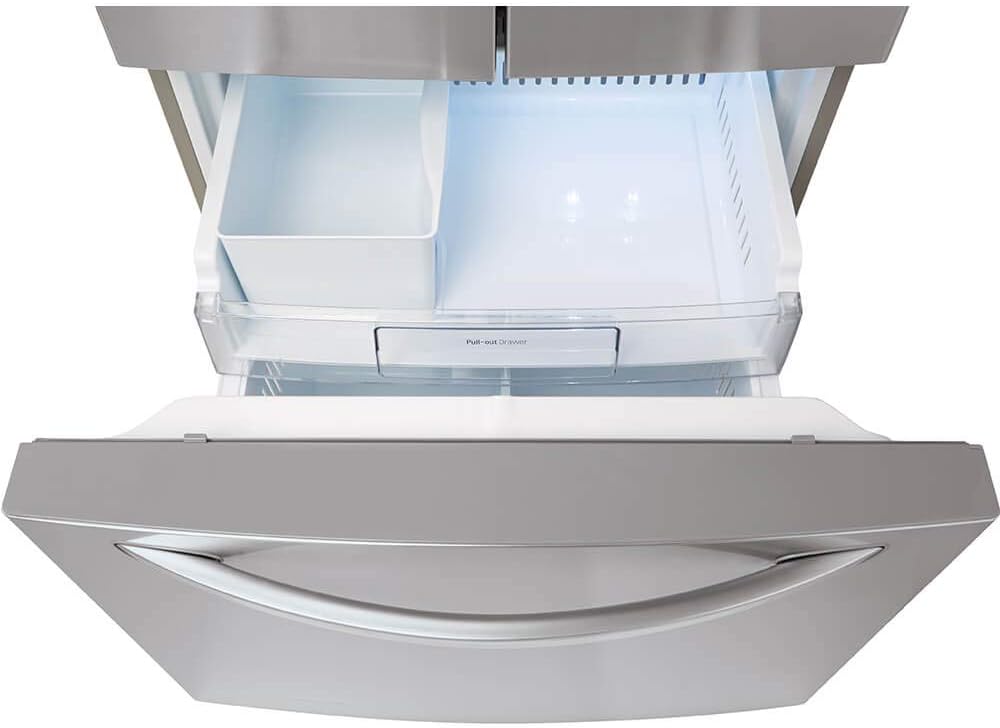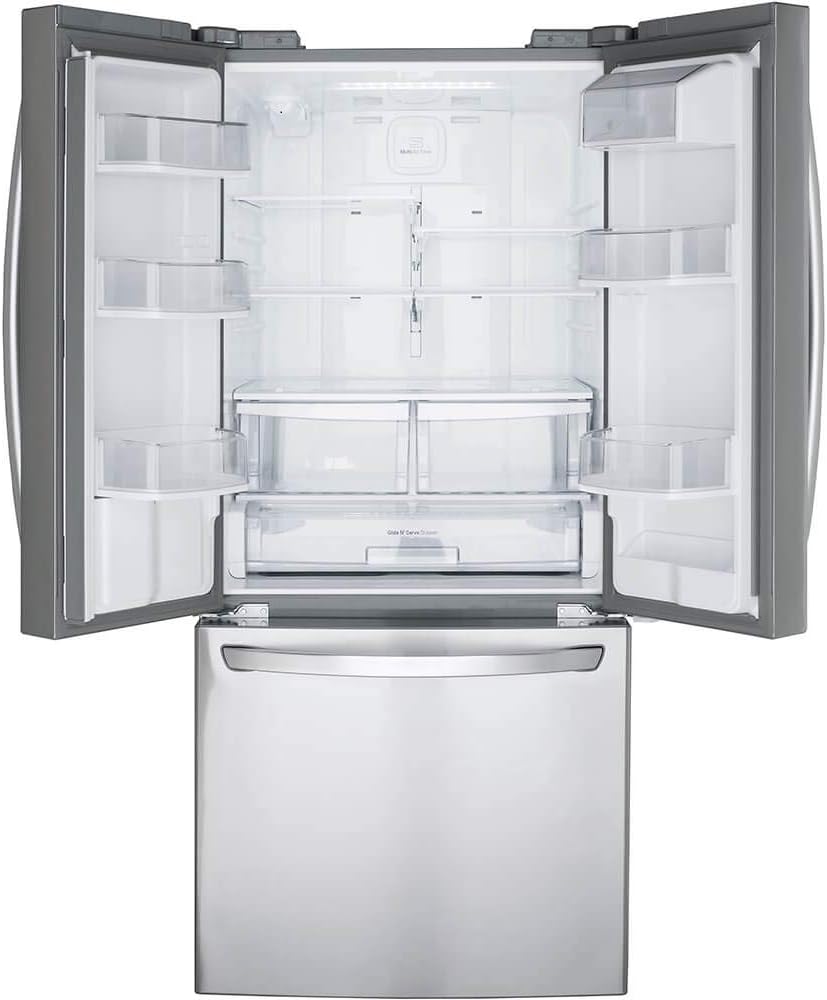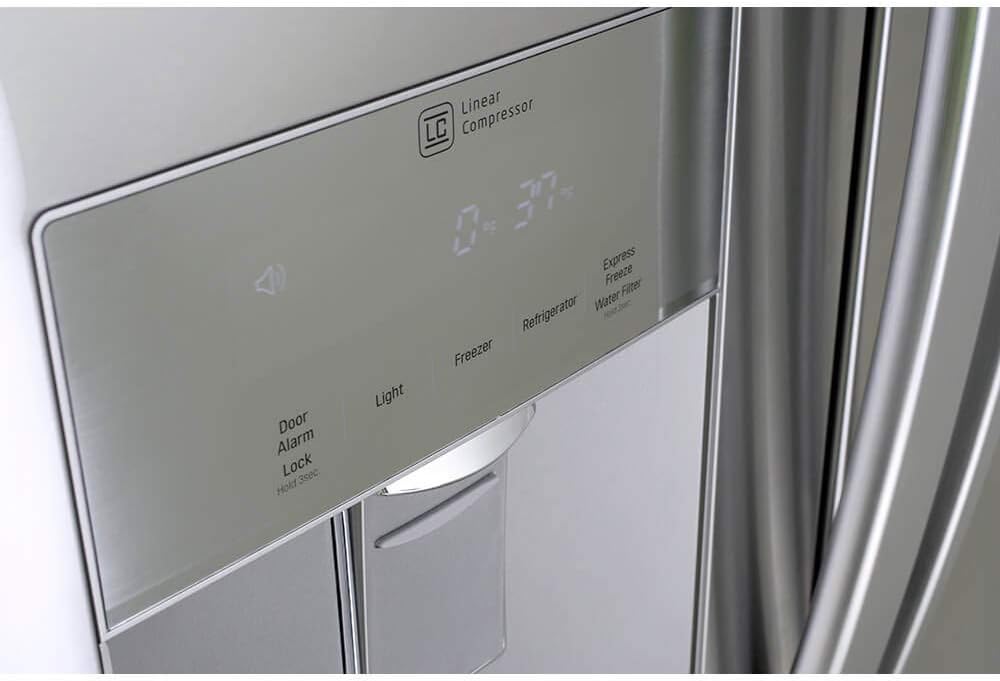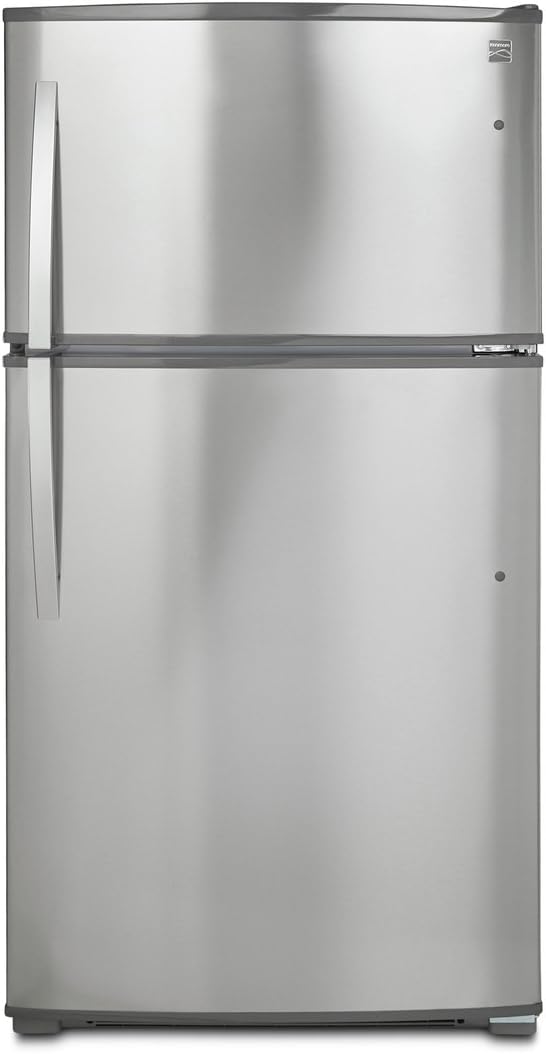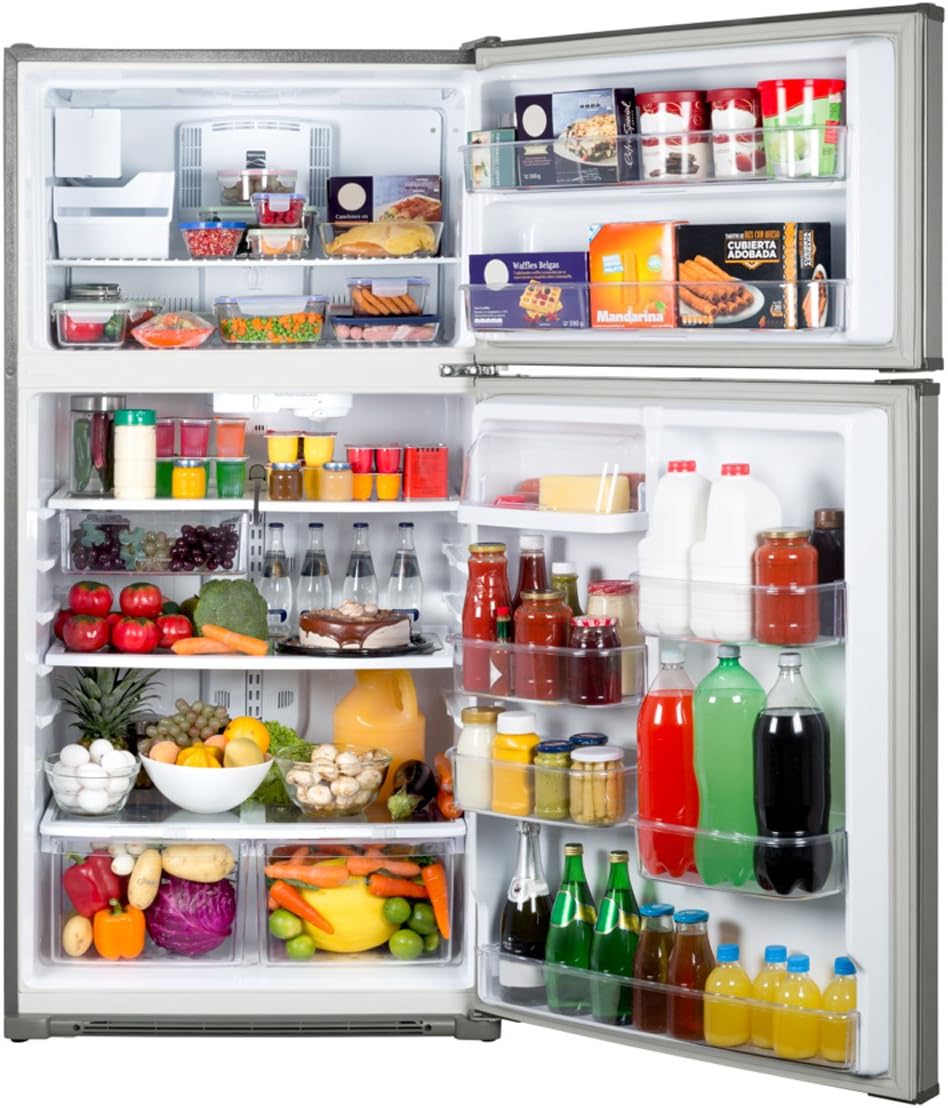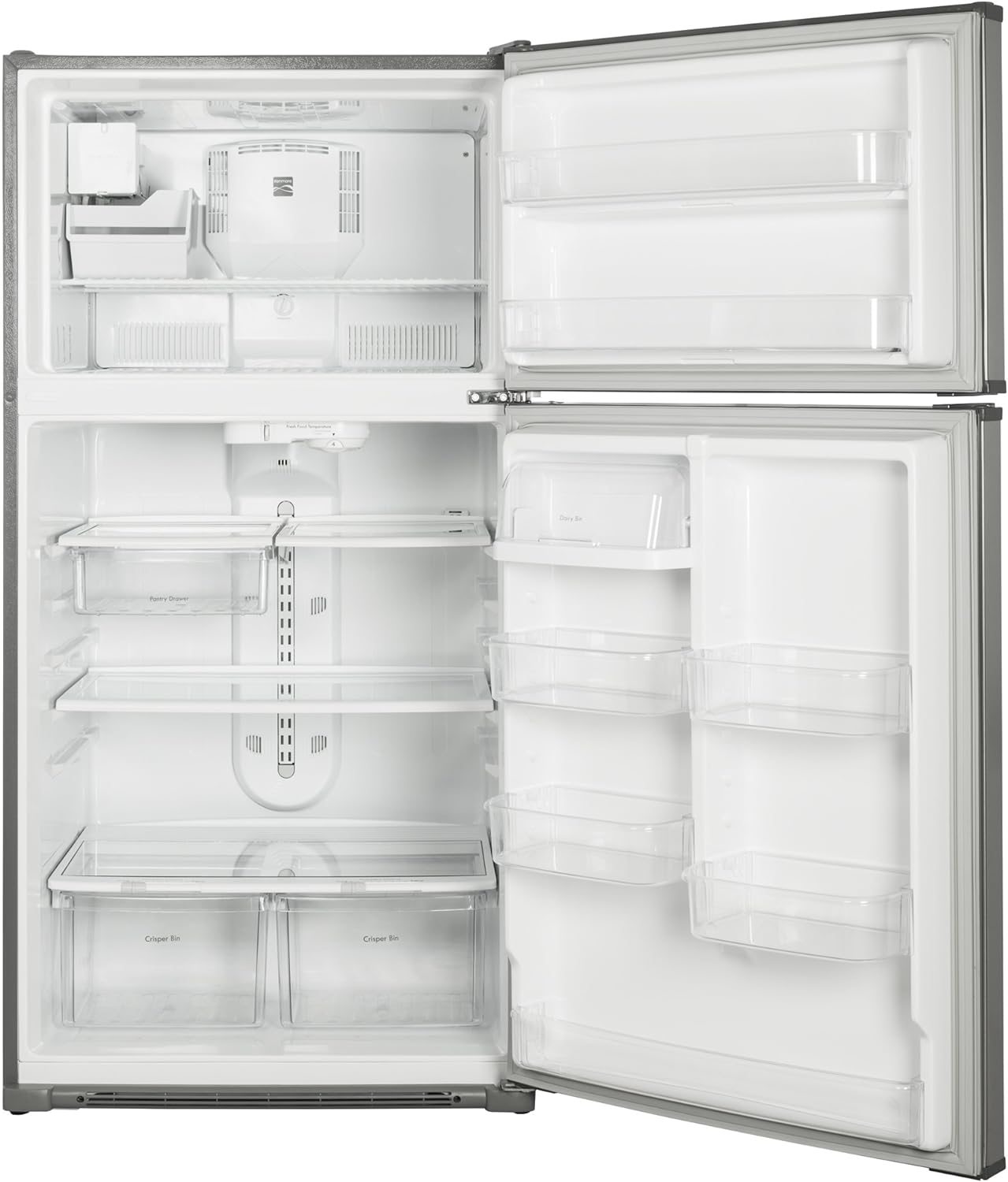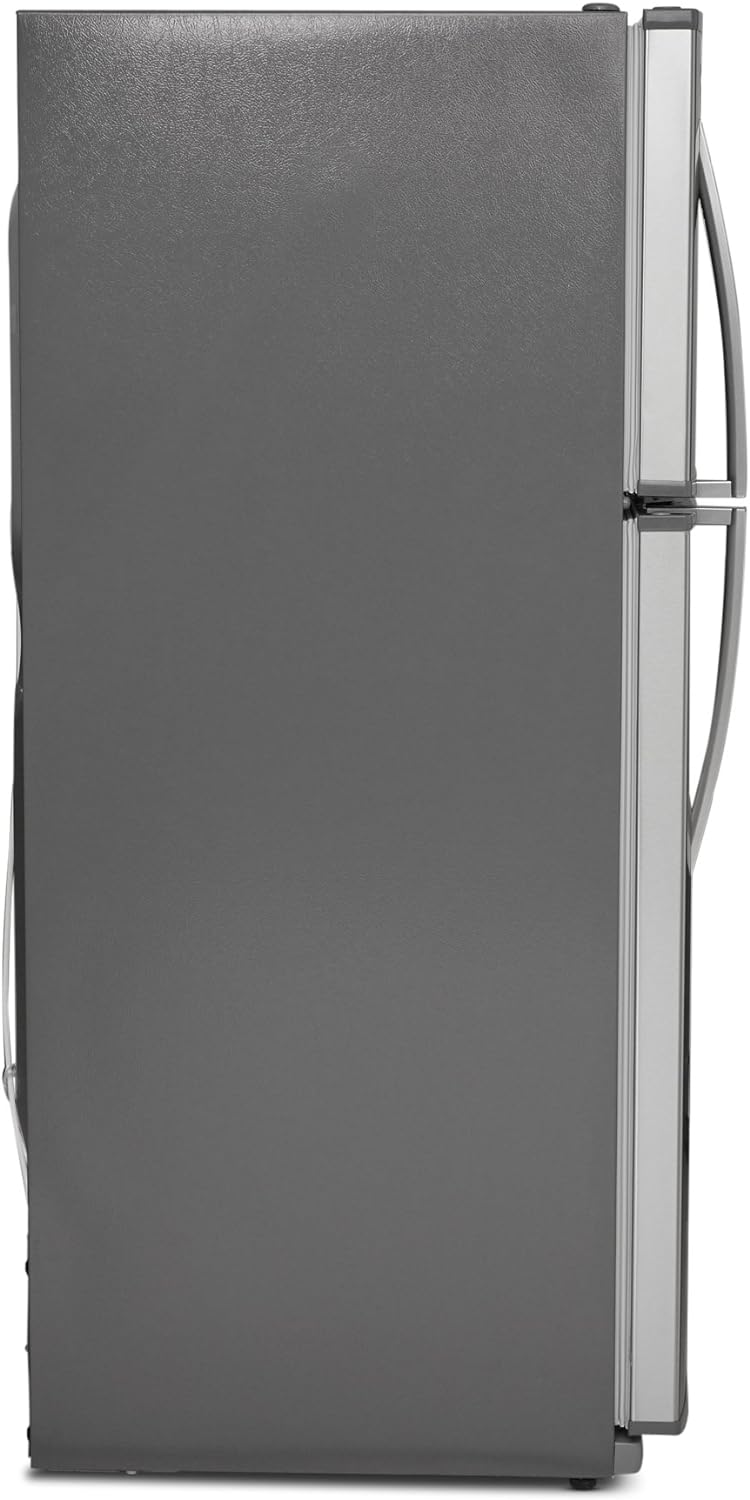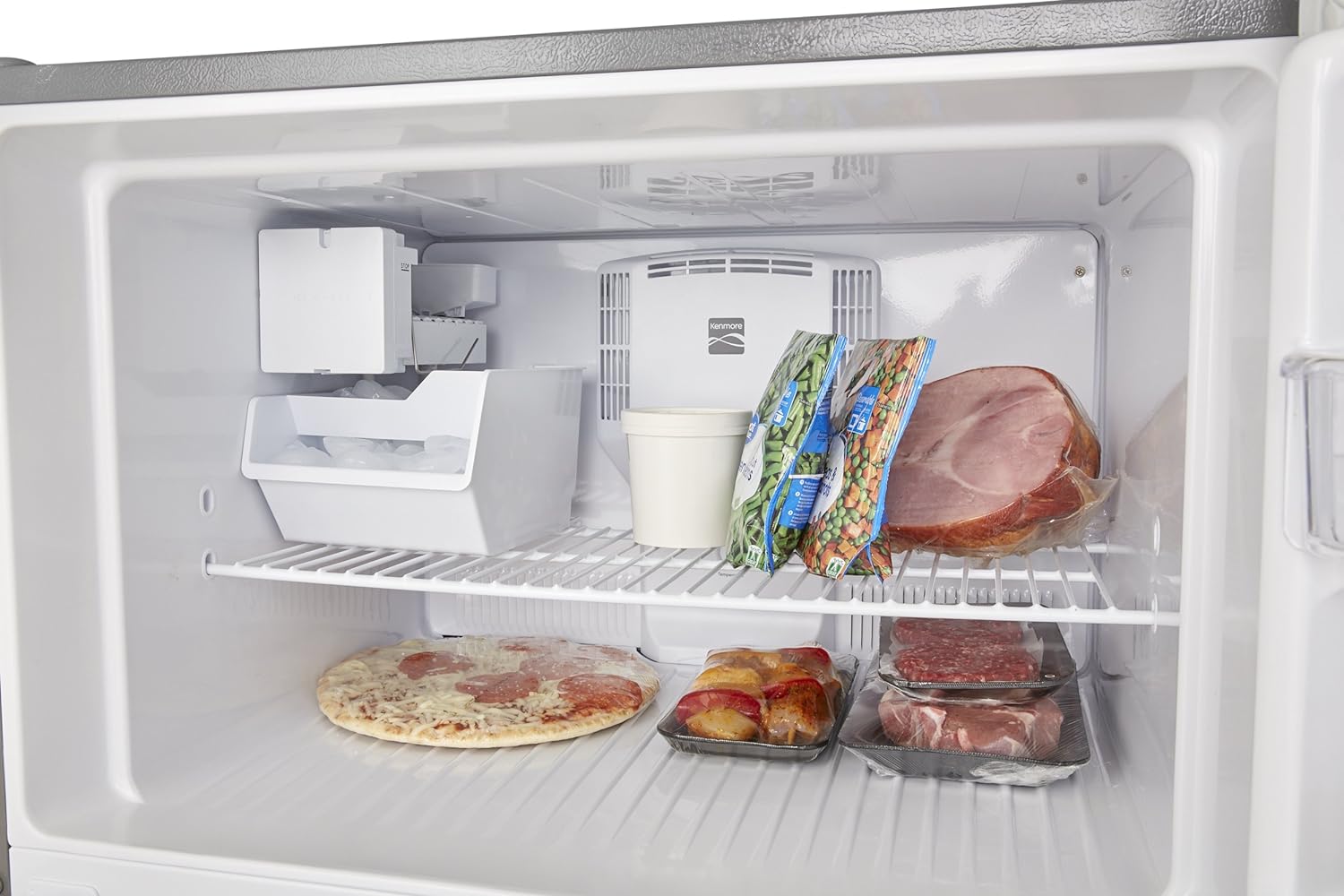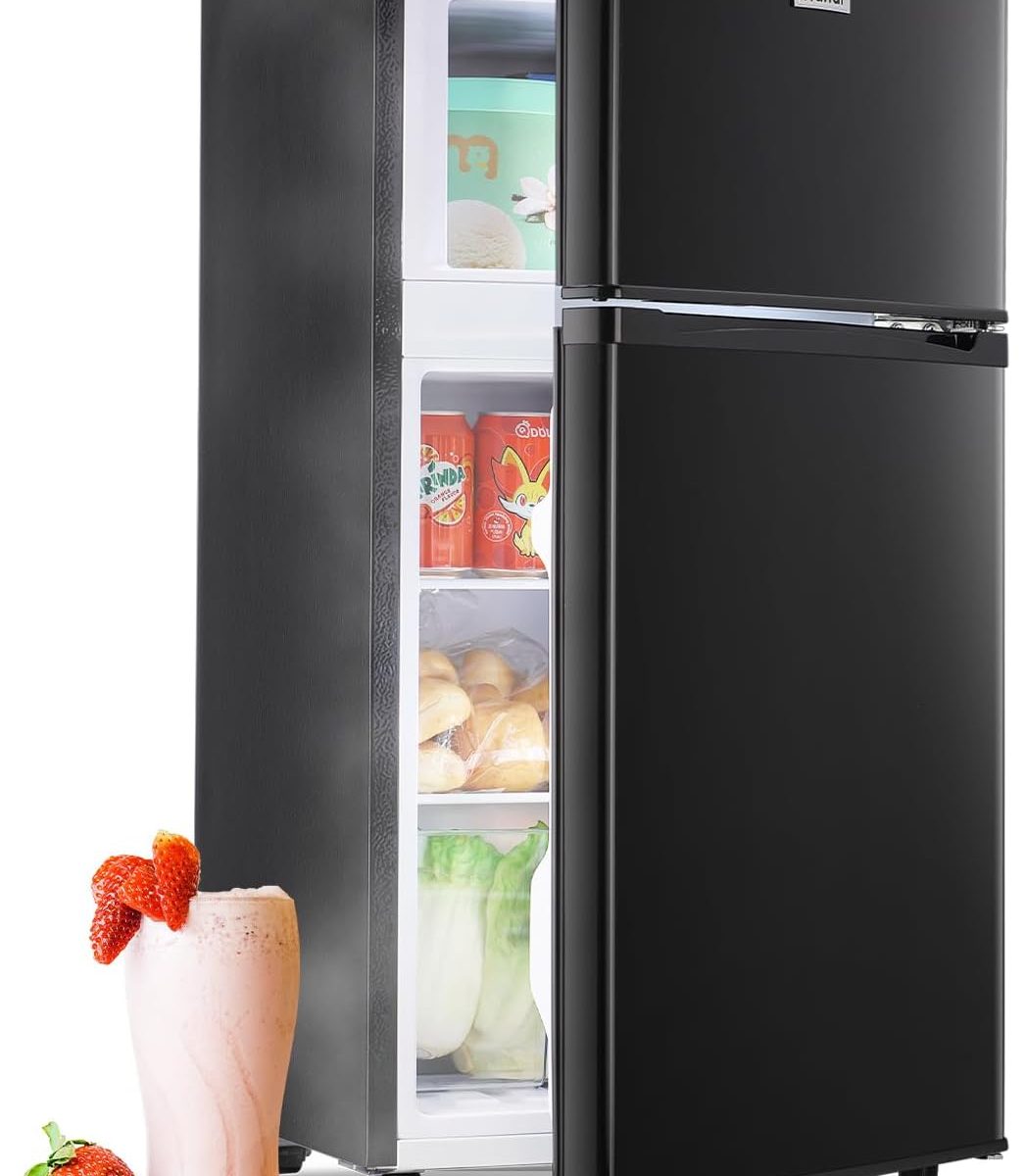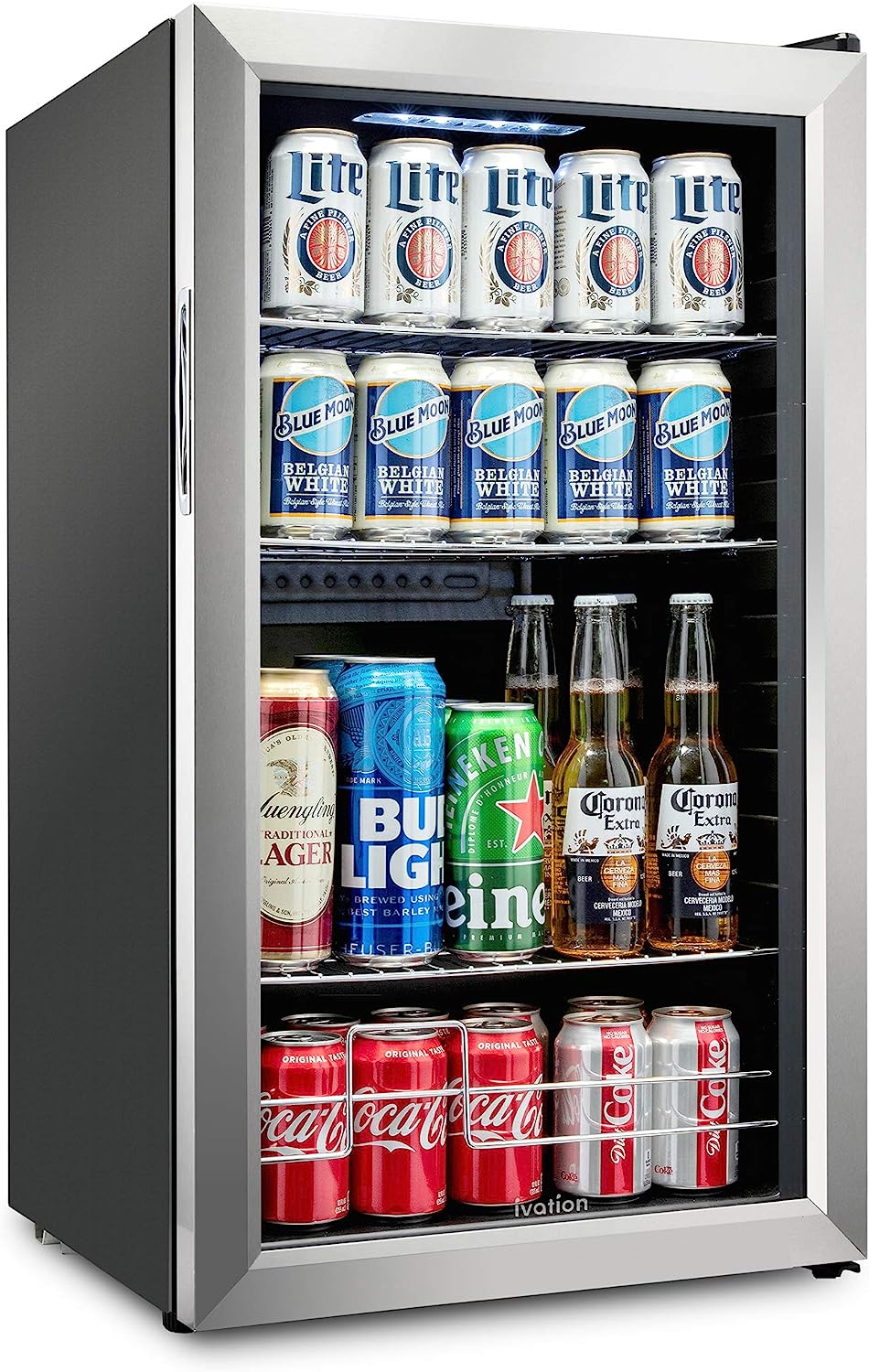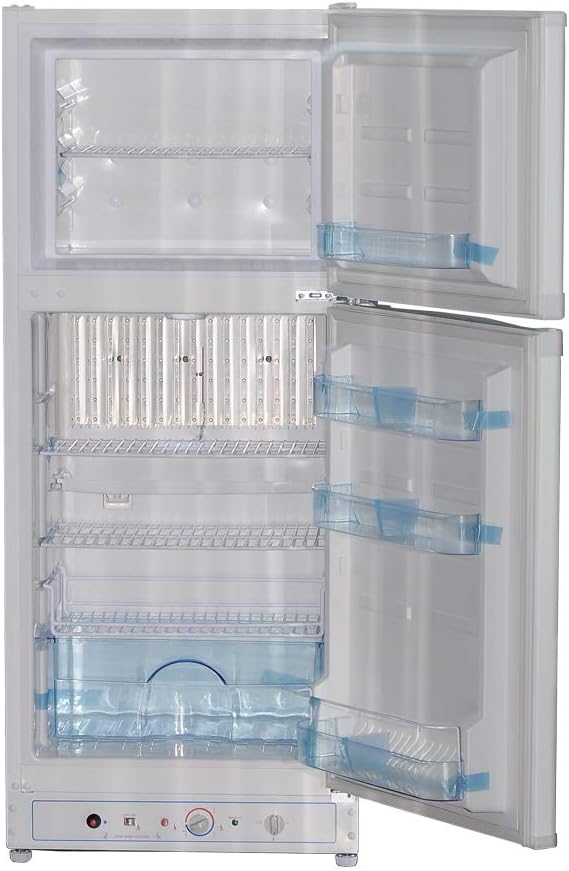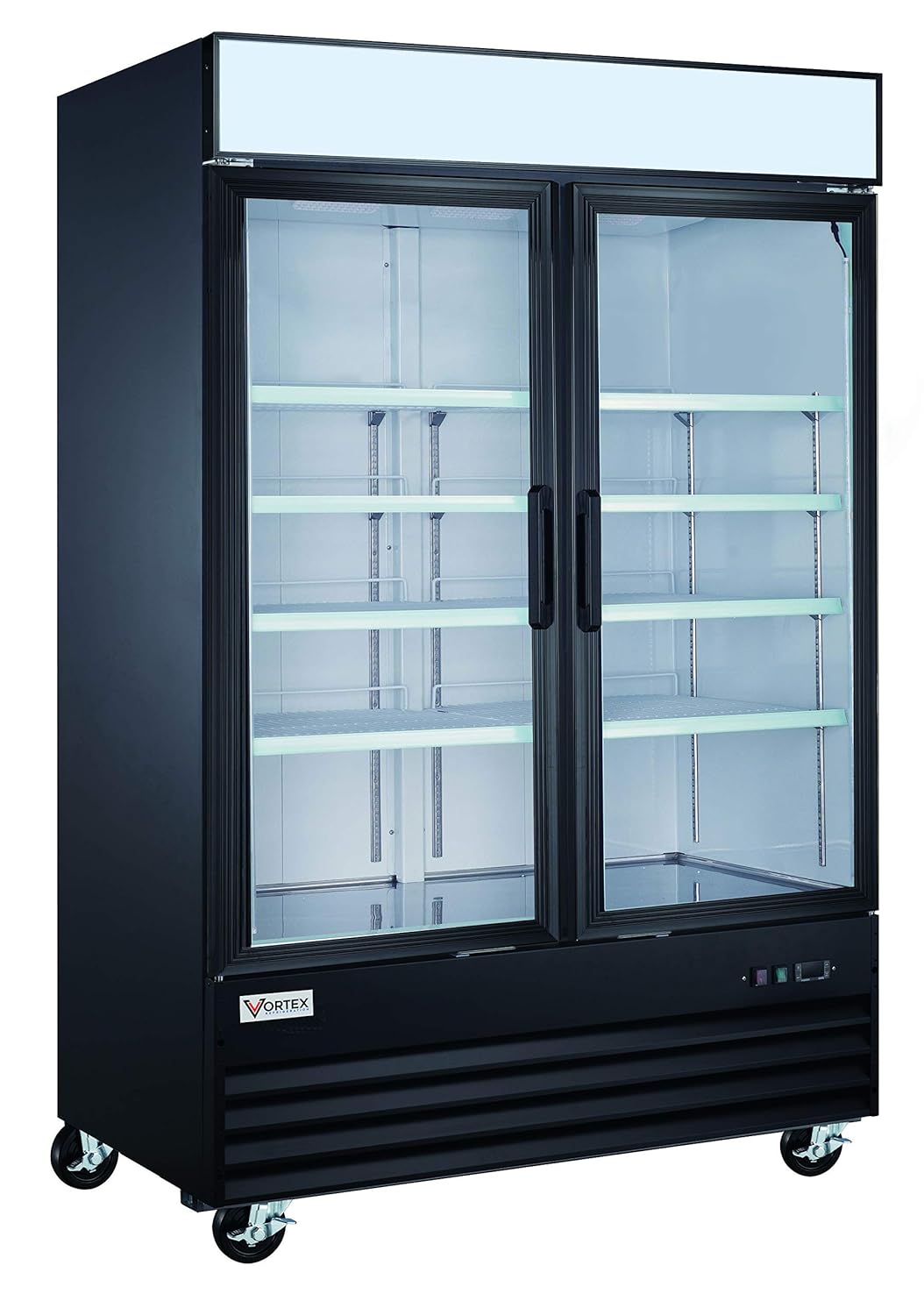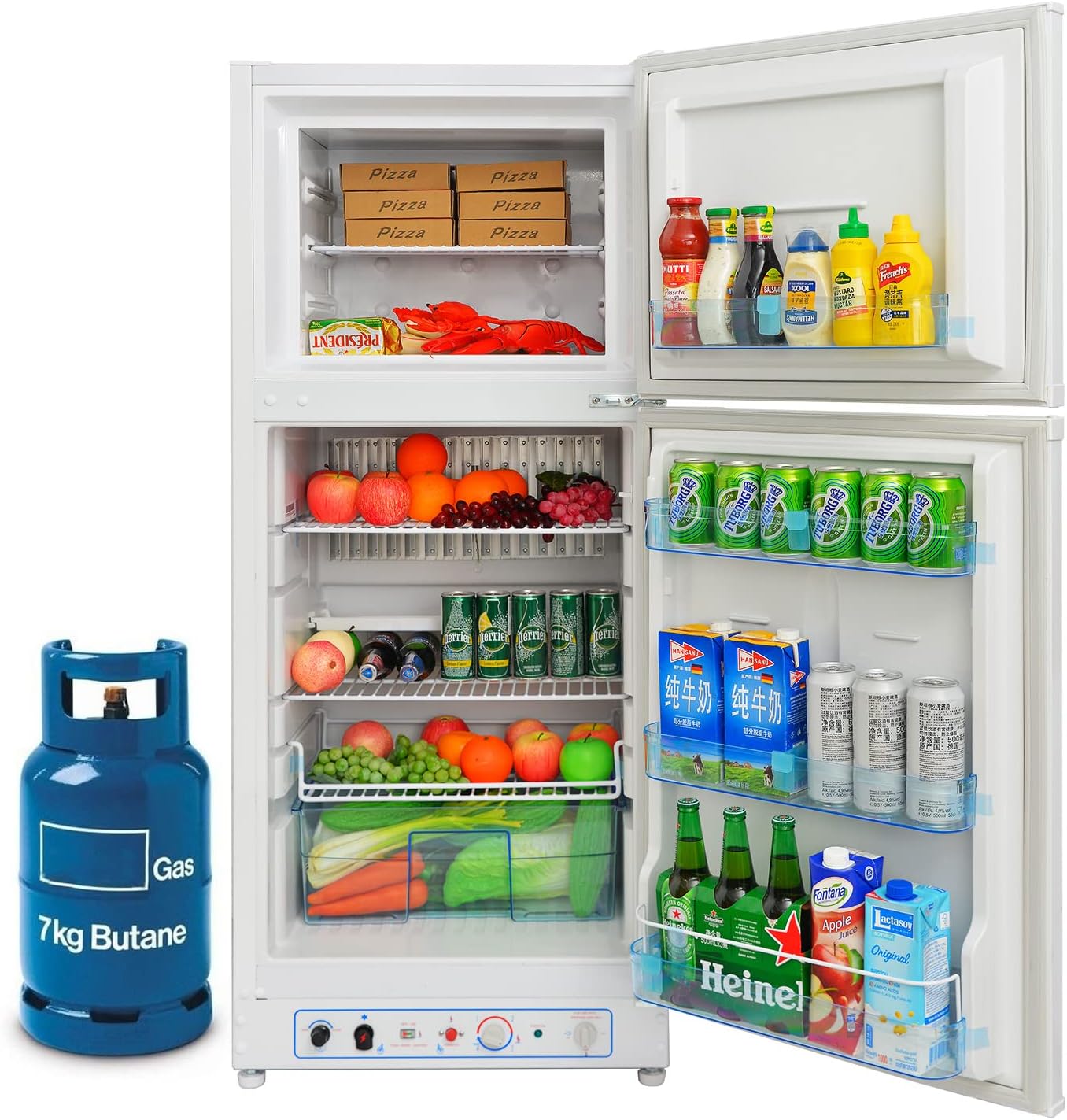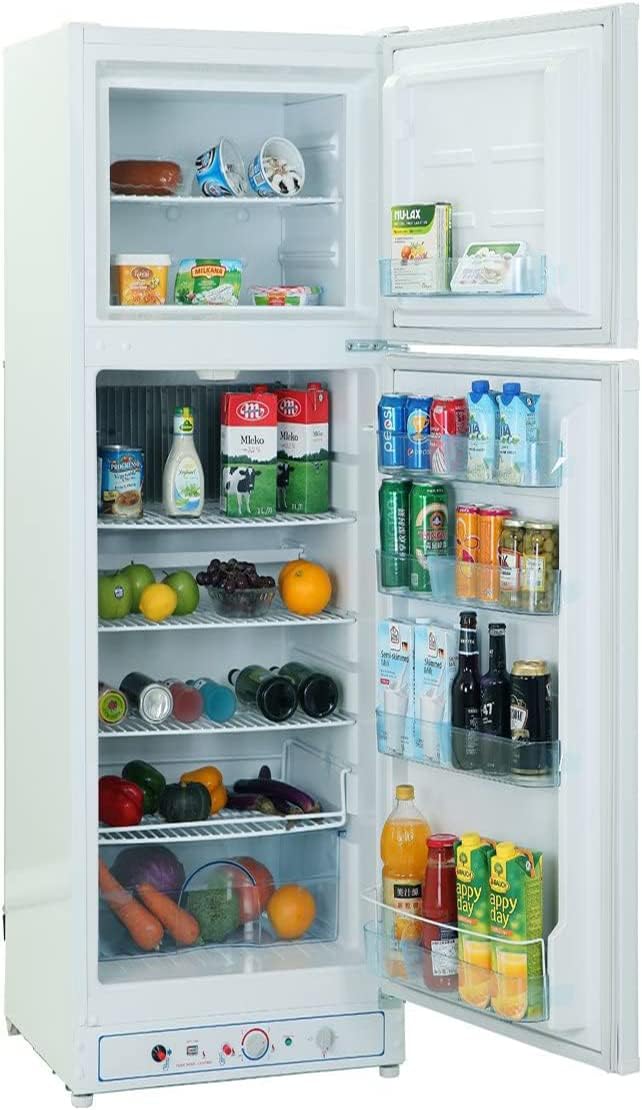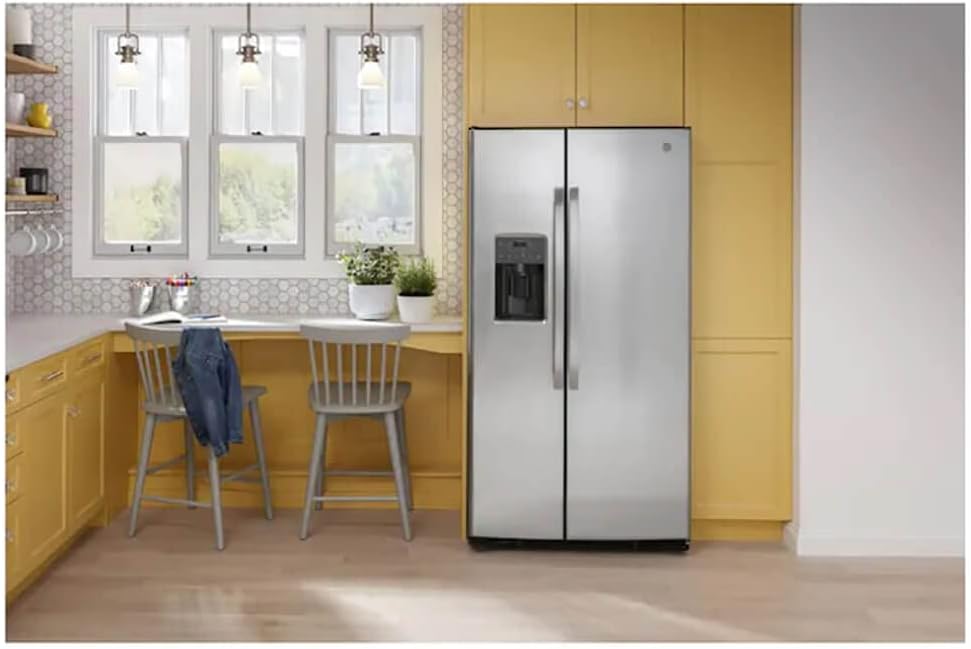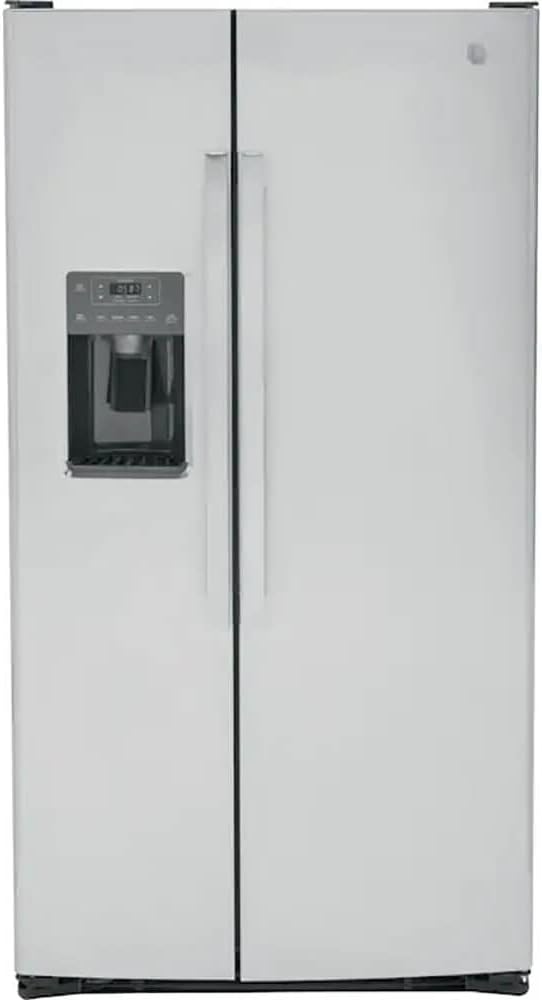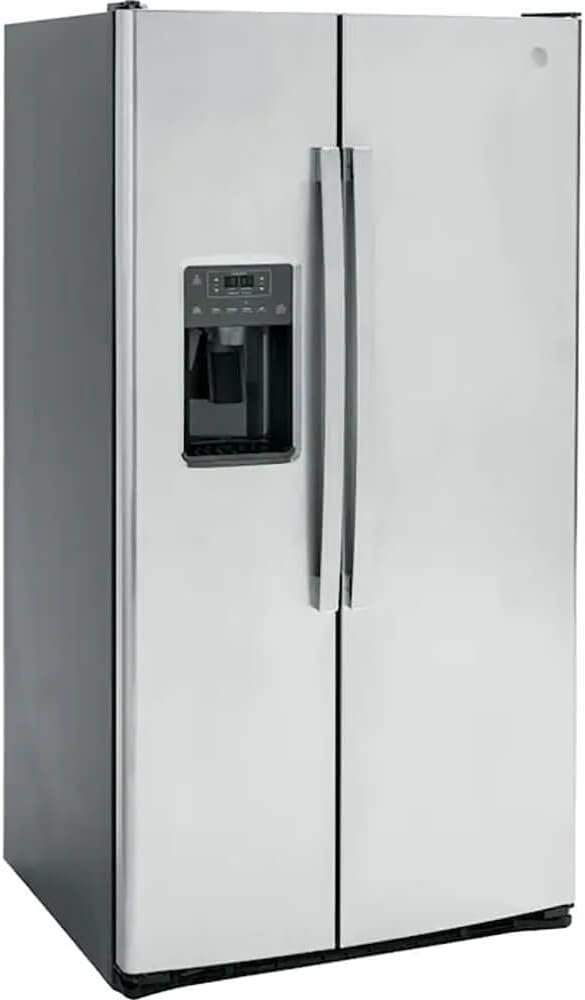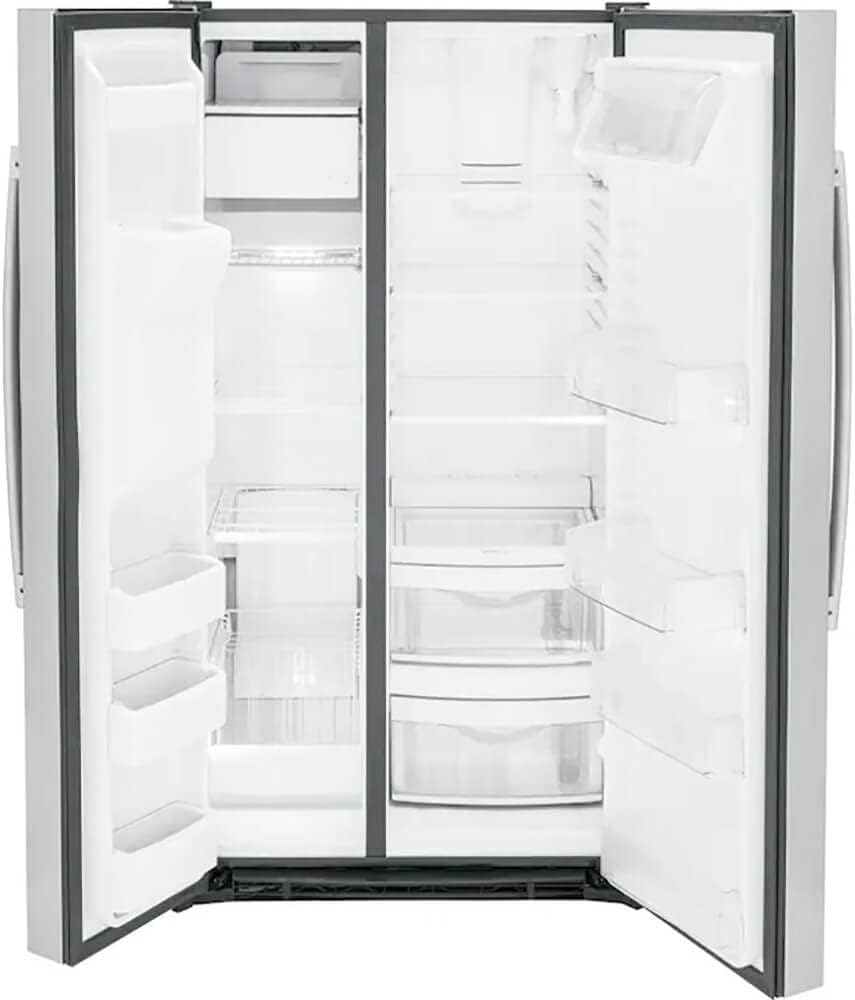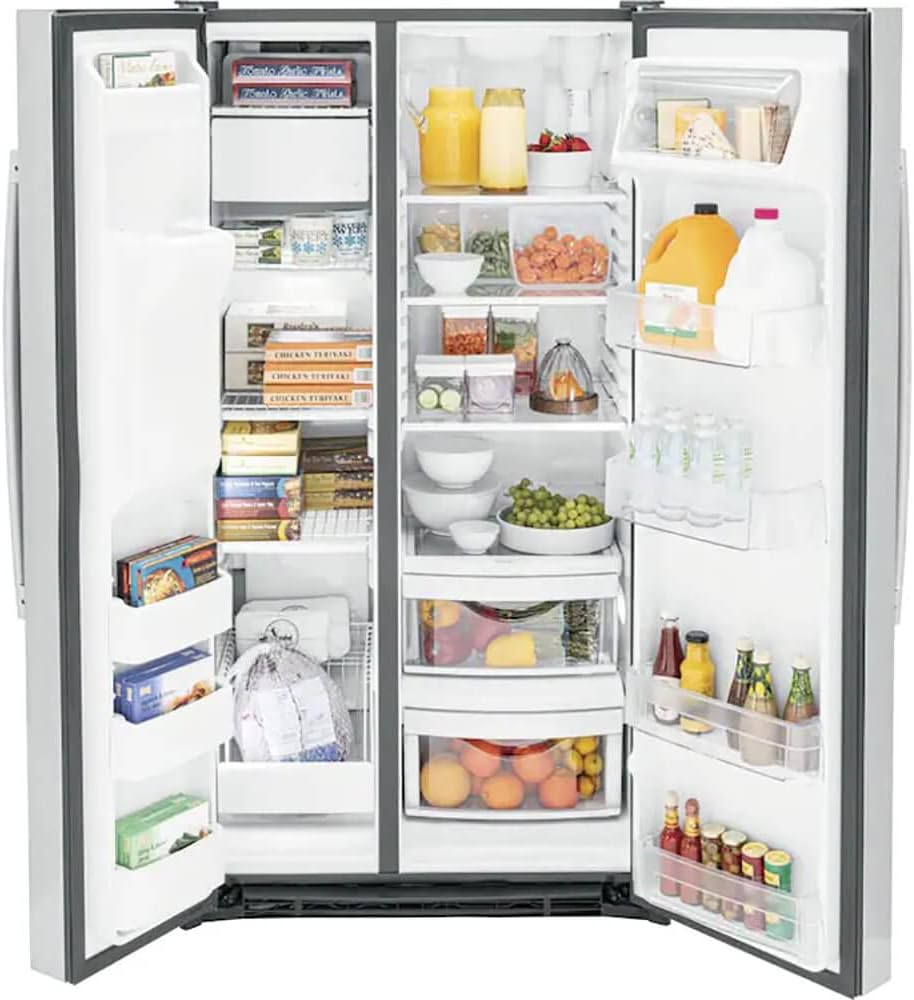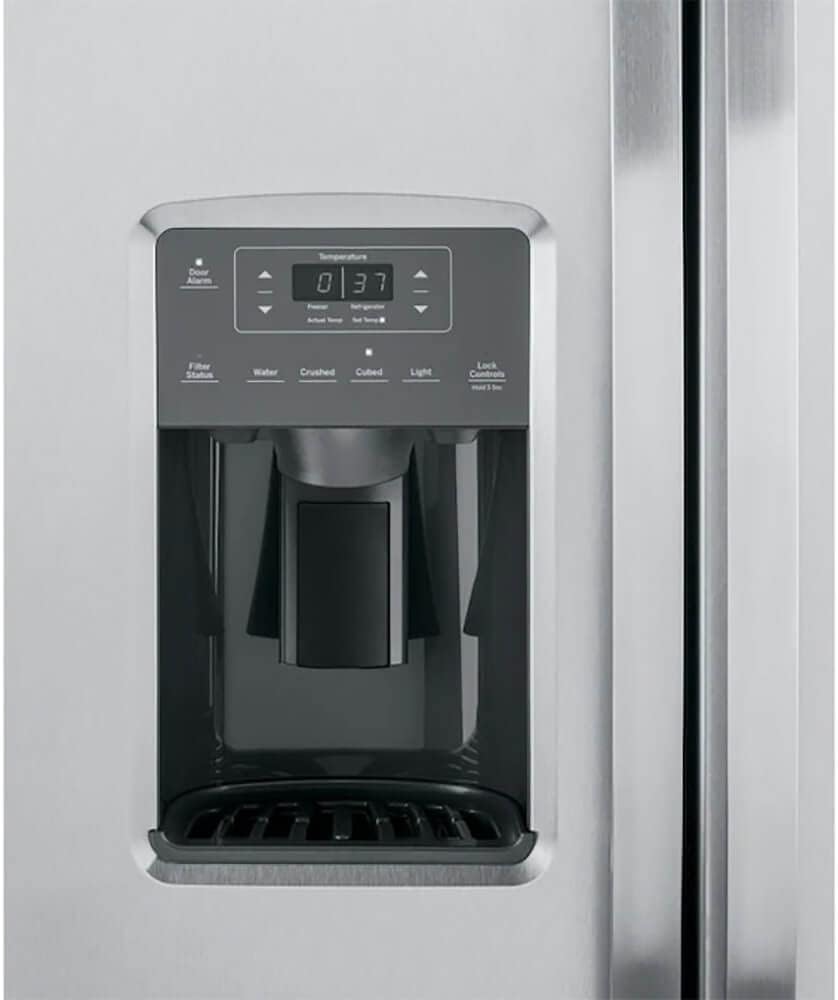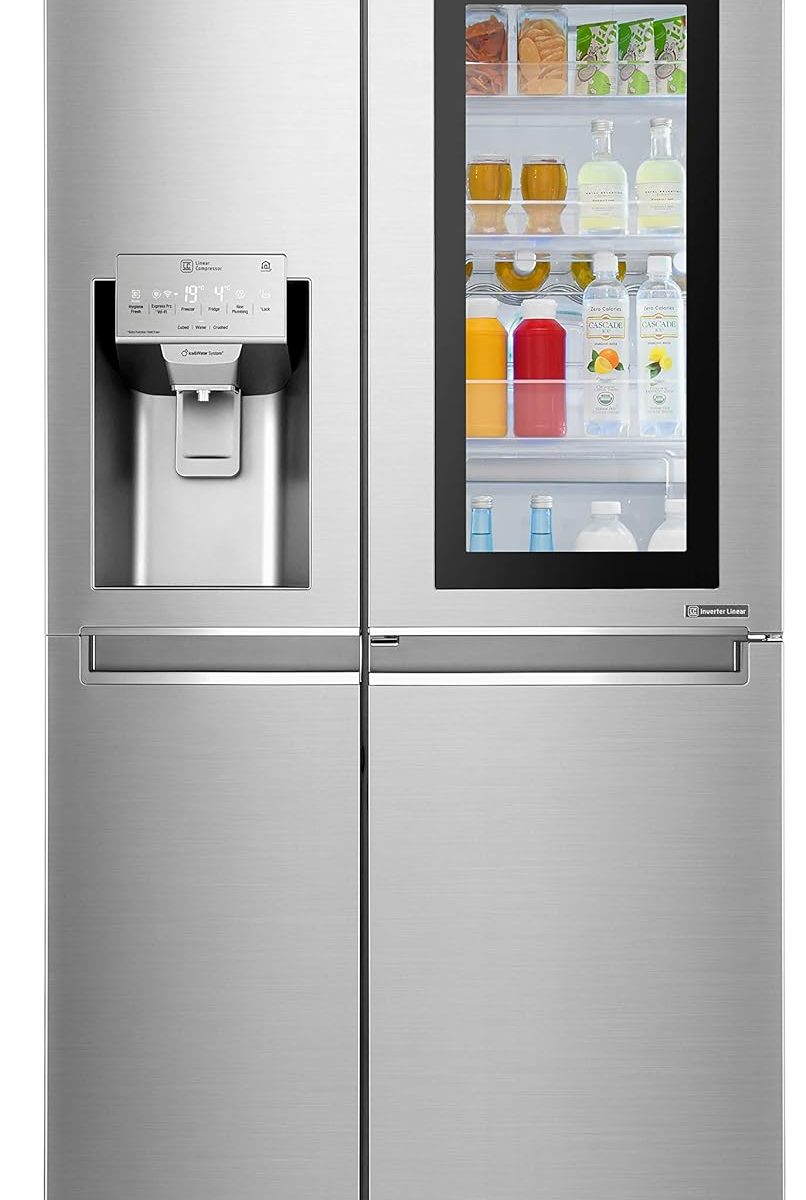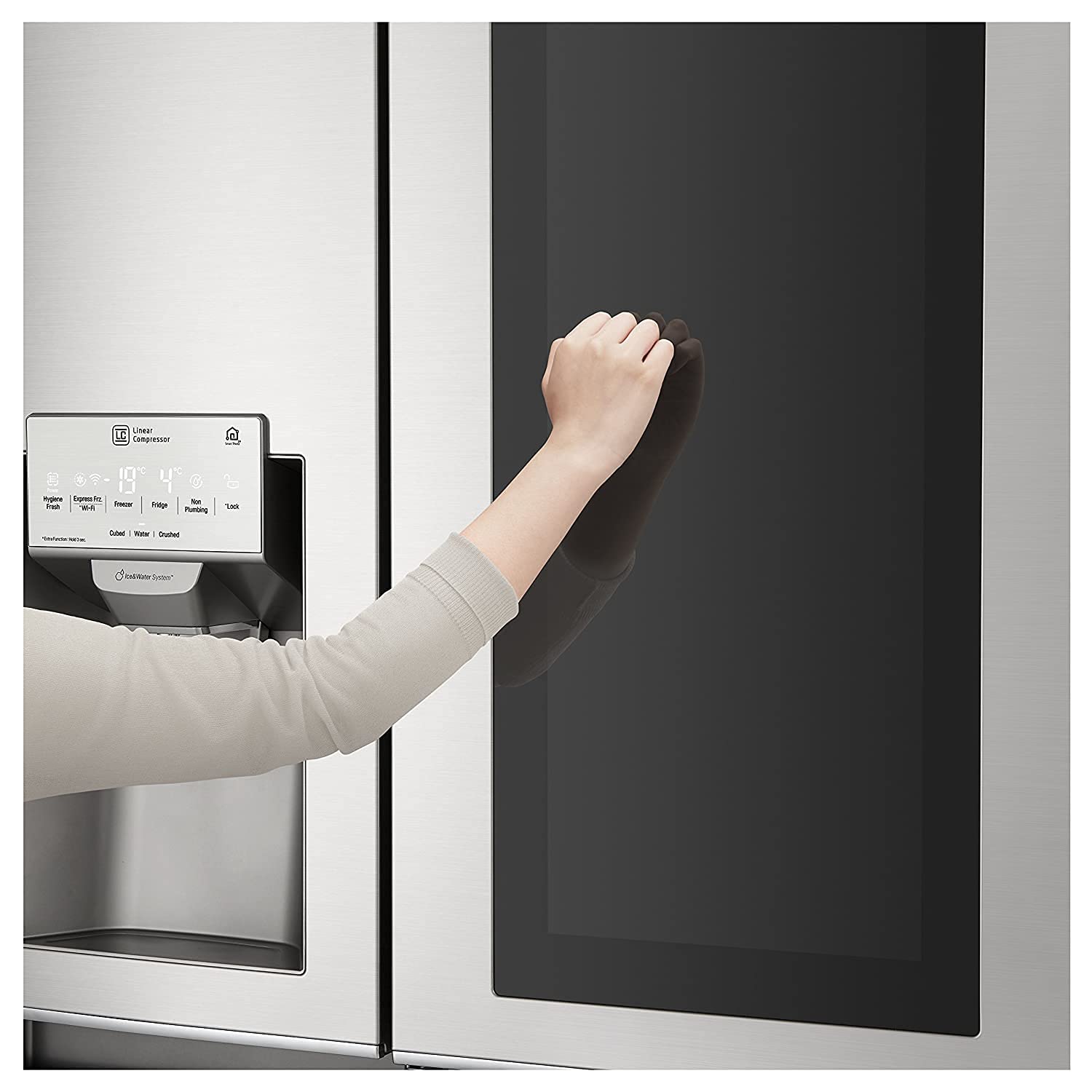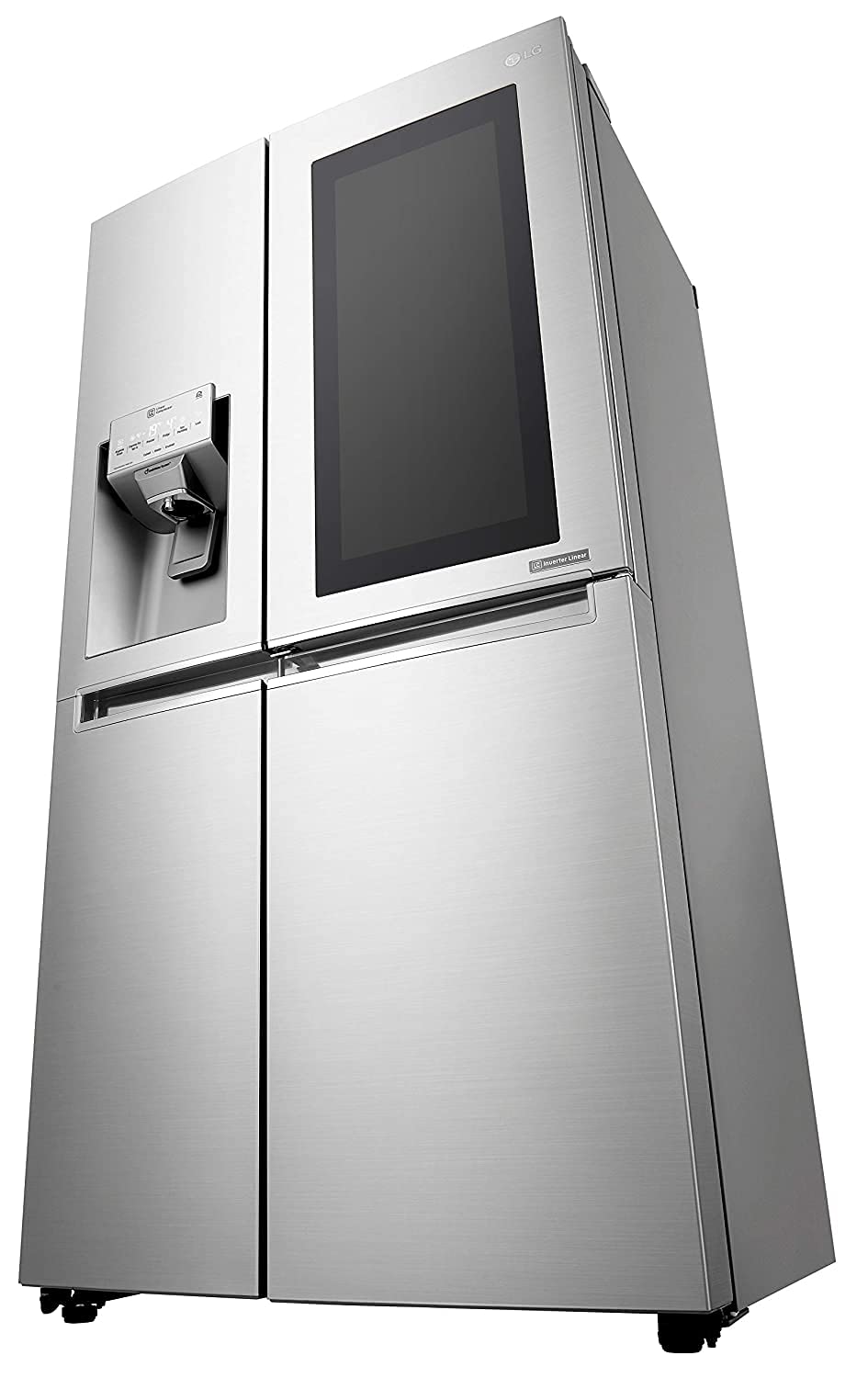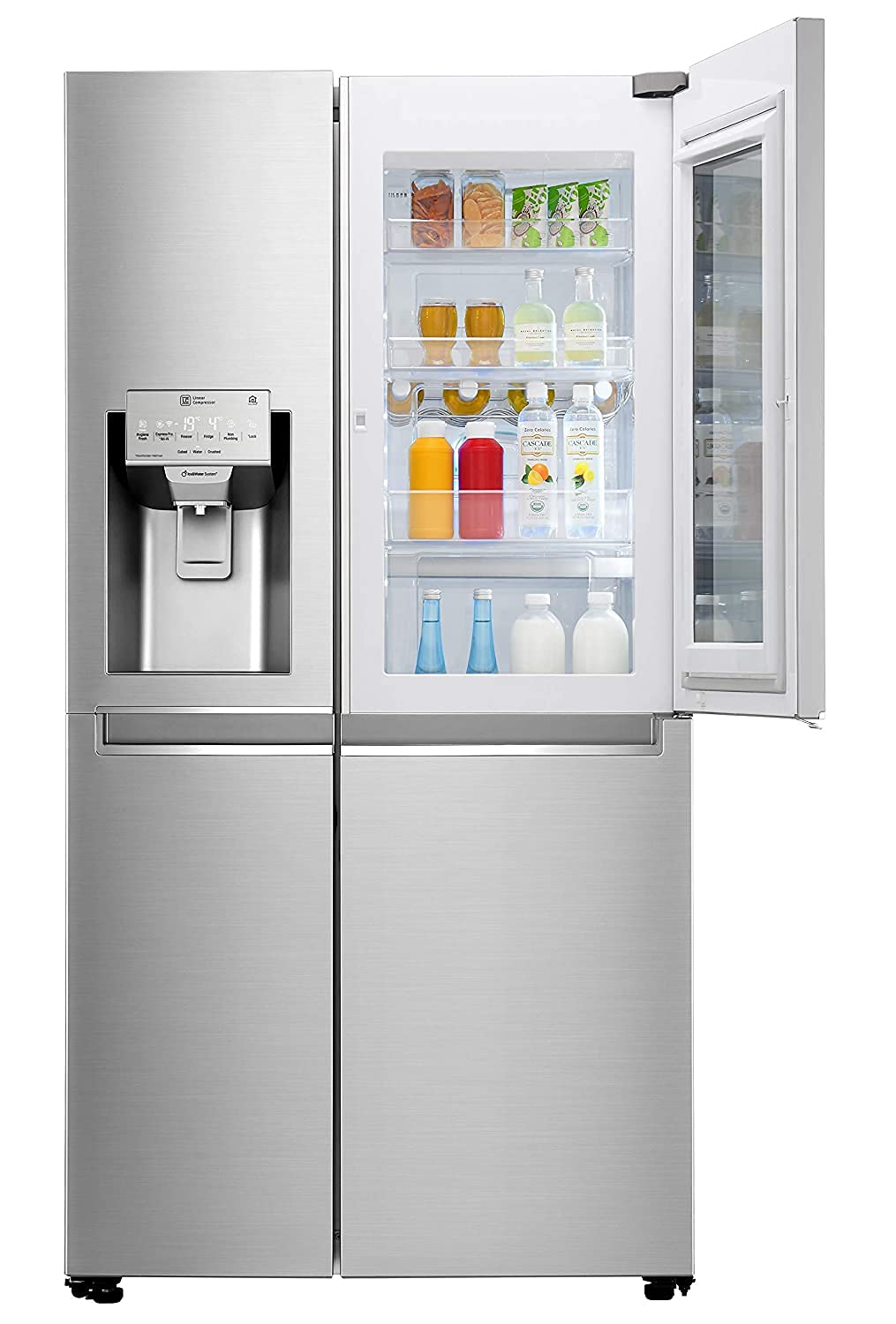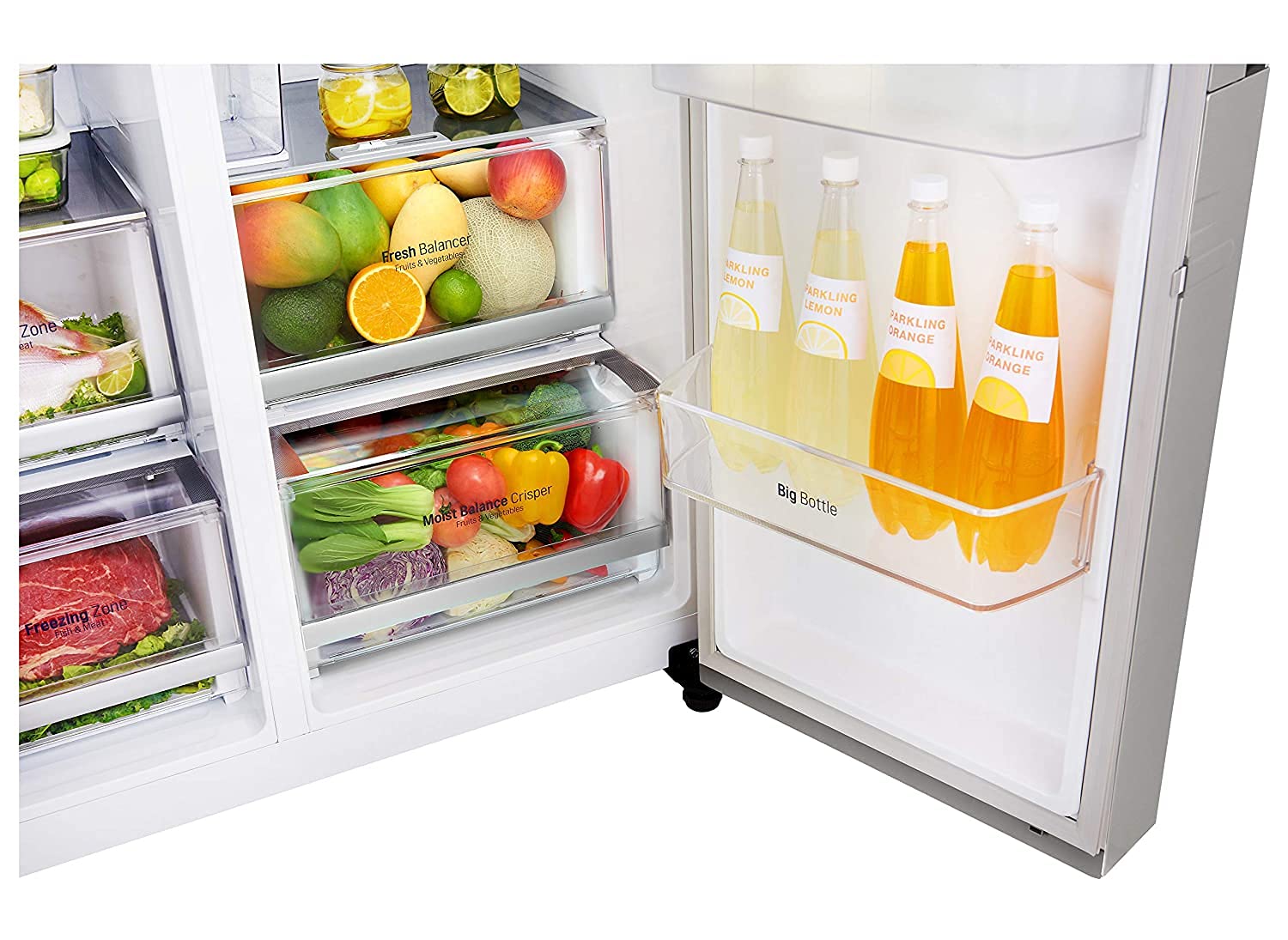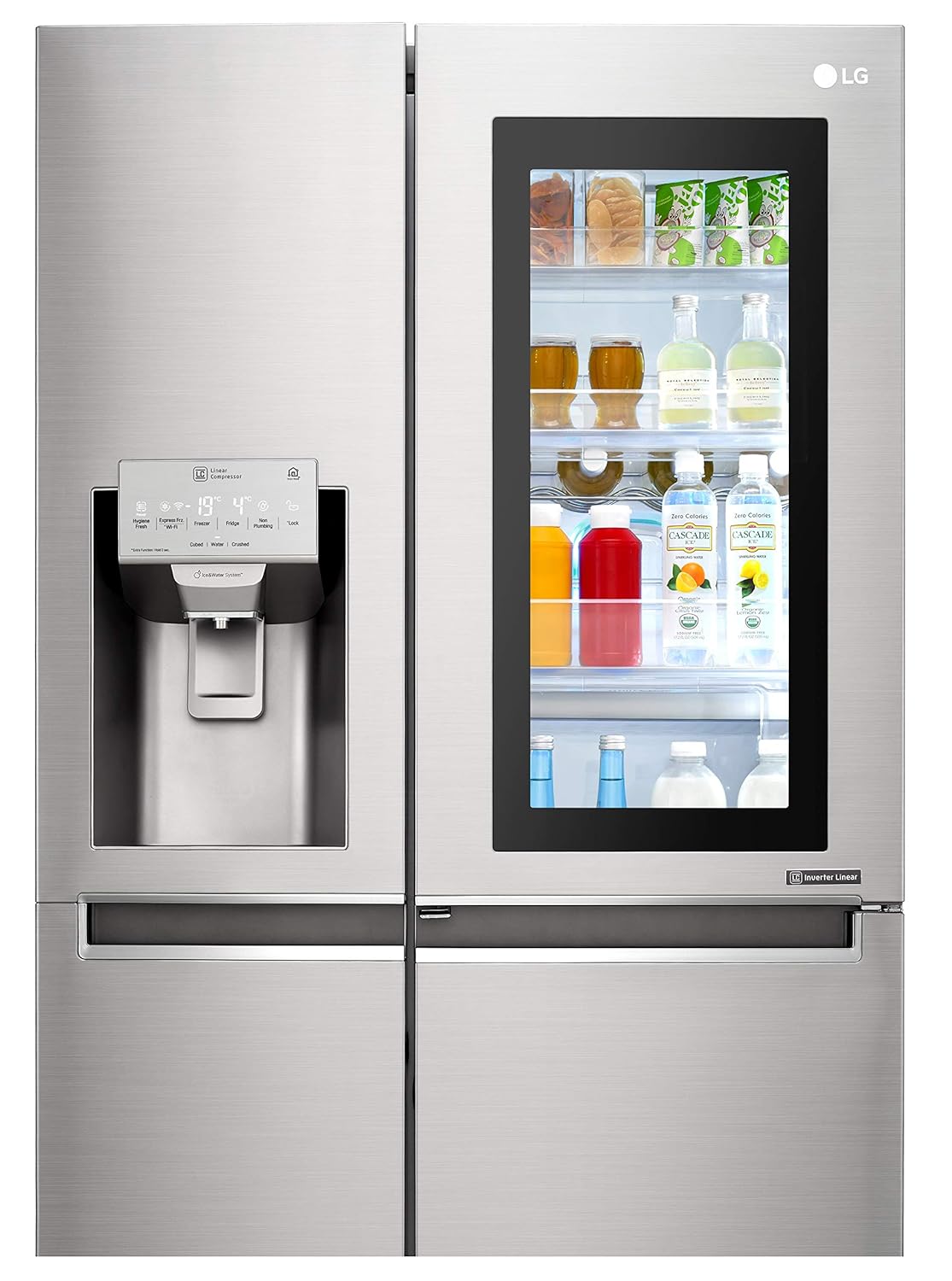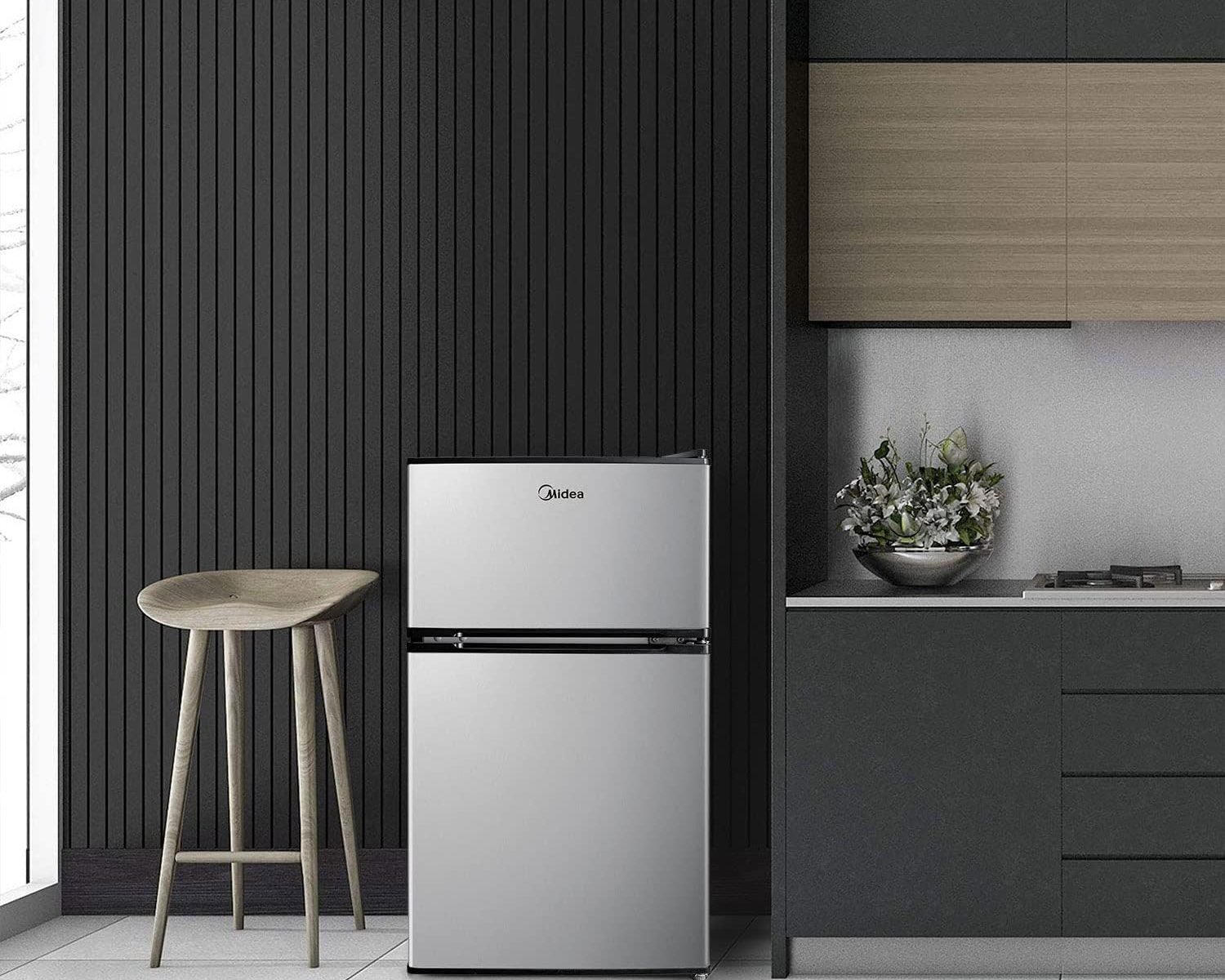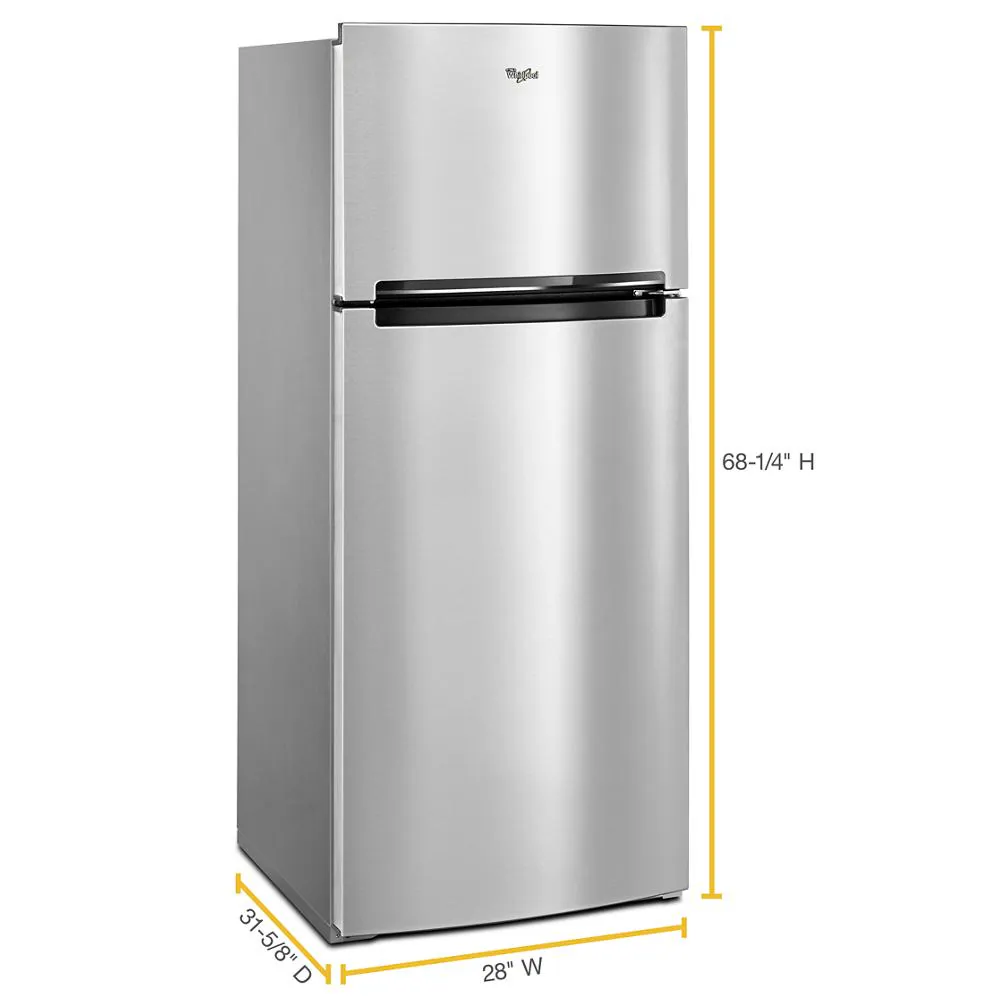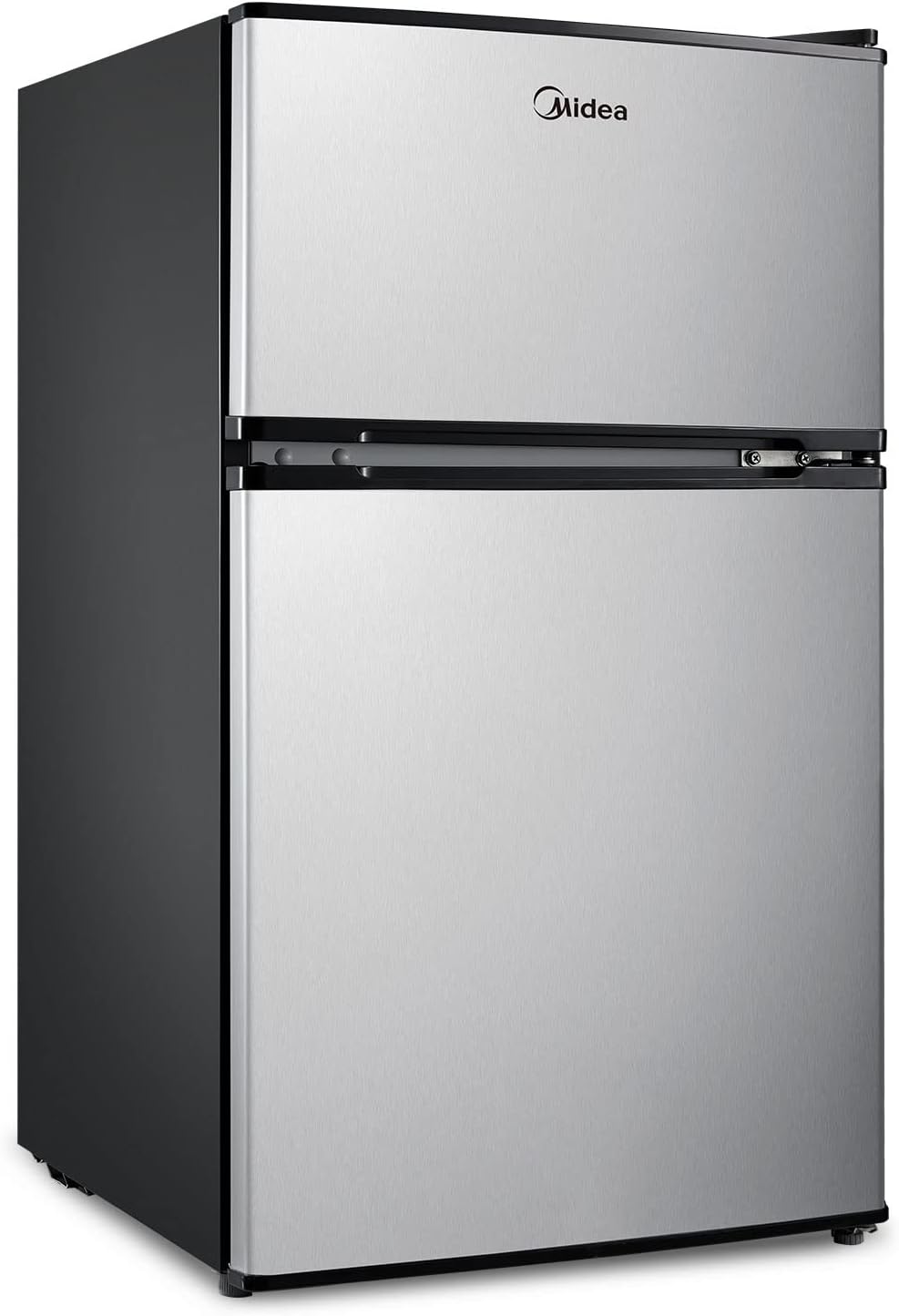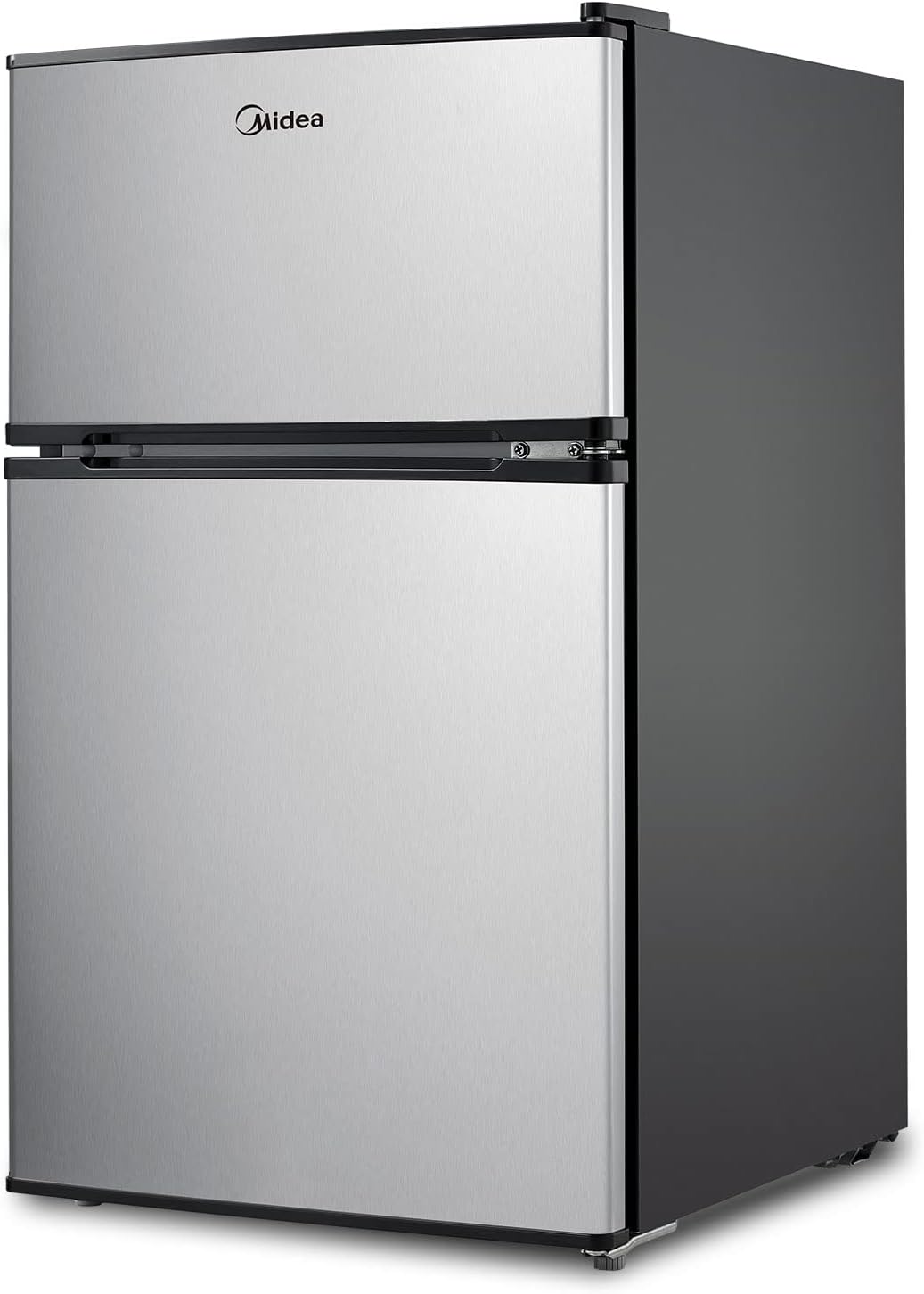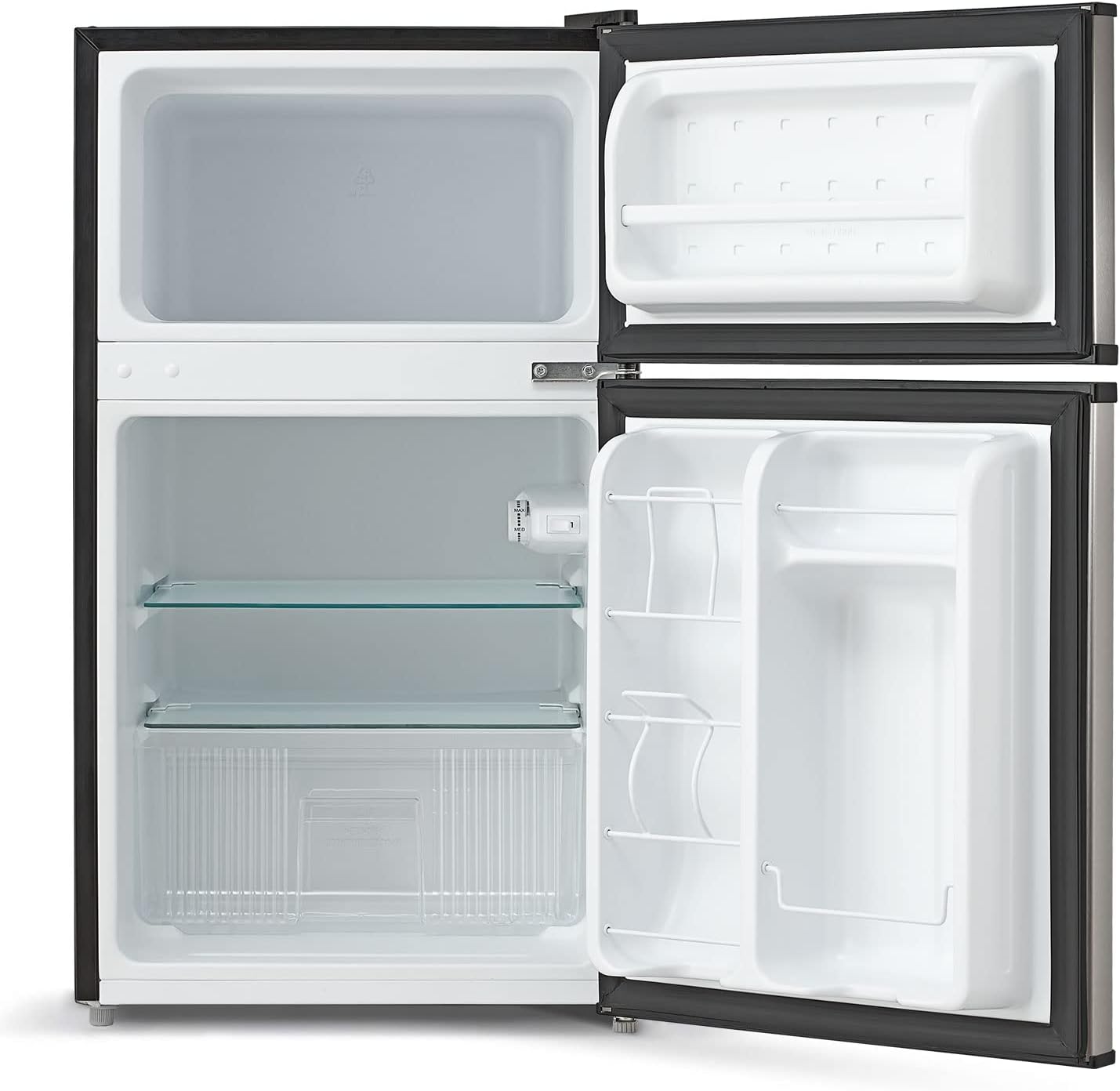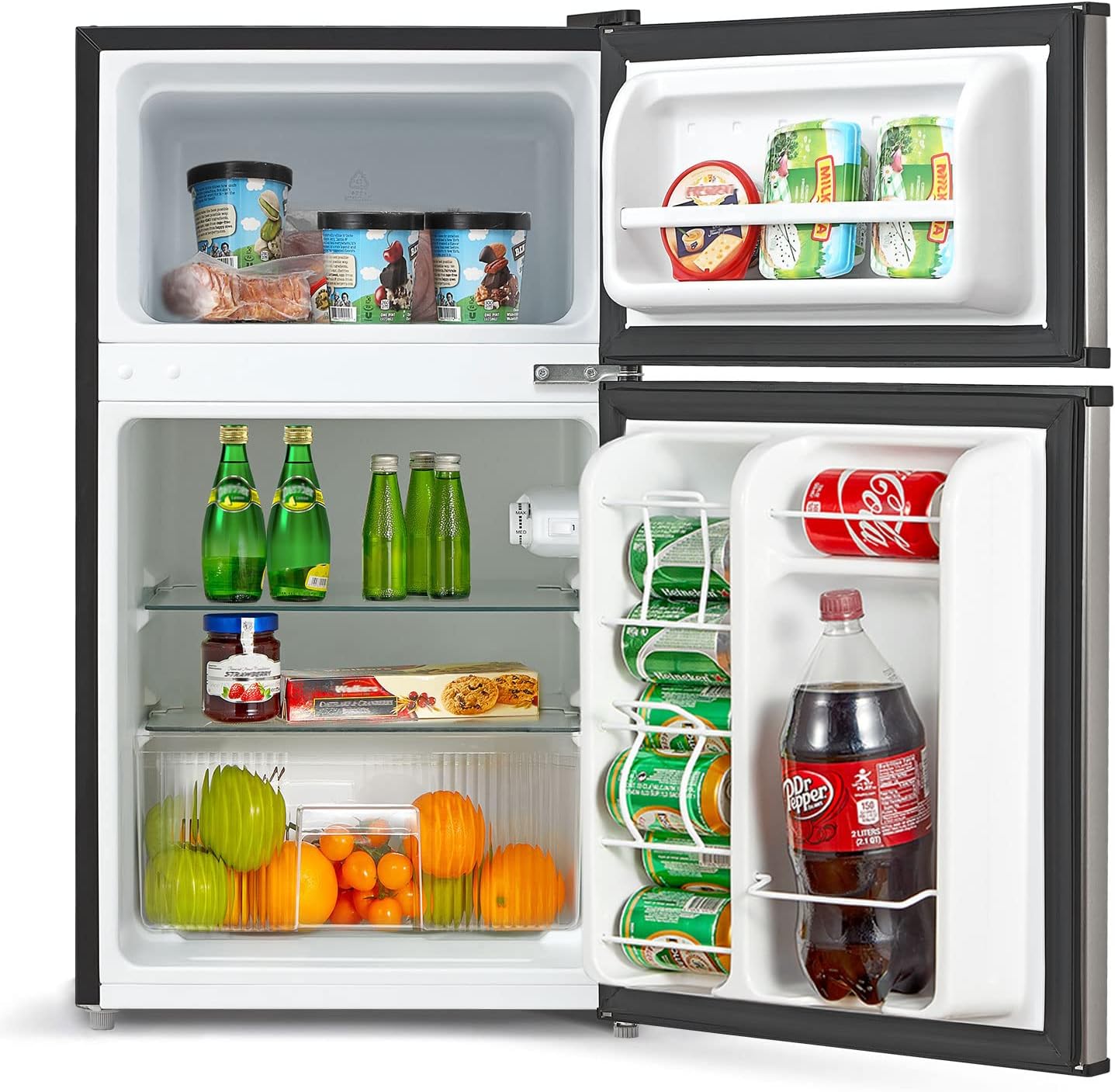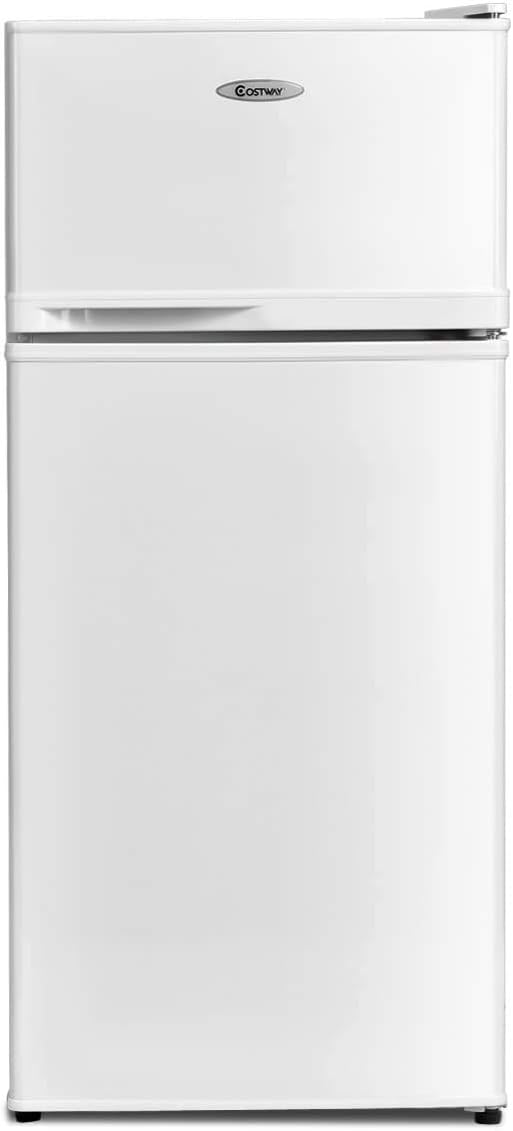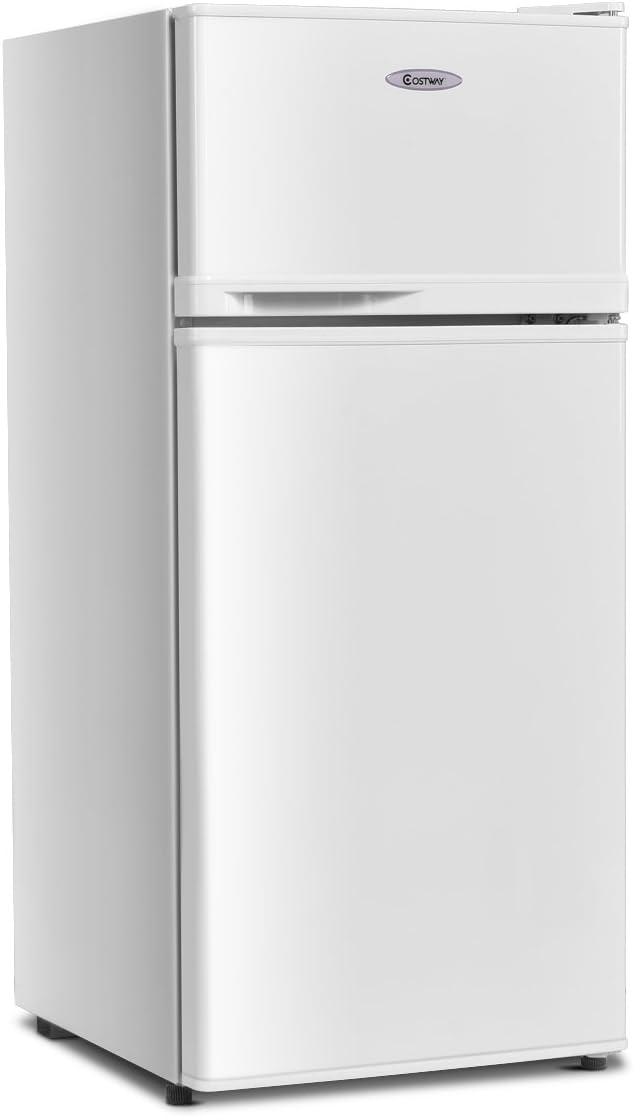Introduction:
LG refrigerators are known for their innovative features, modern design, and reliable performance. However, like any appliance, they can experience issues over time. It’s important to be aware of common problems that may occur with LG refrigerators to be prepared and take appropriate action. What is the common problem with lg refrigerator? In this article, we will explore the most common problems that can occur with LG refrigerators, potential causes, and possible solutions.

What is the biggest problem with lg refrigerators?
It’s difficult to pinpoint the single biggest problem with LG refrigerators, as issues can vary depending on the specific model and year of manufacture. However, we can explore some common lg refrigerator problems.
What is the most common problems with lg refrigerators?
Temperature Fluctuations:
One of the lg refrigerator common problems is temperature fluctuations.
Fluctuating temperatures can lead to food spoilage, freezing, or inadequate cooling.
Potential Causes:
The refrigerator door may not be closing properly, allowing warm air to enter.
The temperature control settings may not be correctly adjusted.
The condenser coils may be dirty or clogged, affecting cooling efficiency.
The evaporator fan motor or condenser fan motor may be malfunctioning.
Possible Solutions:
Check the refrigerator door gaskets to ensure they are clean and sealing properly.
Verify that the temperature settings are correctly adjusted based on food storage recommendations.
Clean the condenser coils regularly to remove dirt and debris.
If the fan motors are malfunctioning, contact a professional technician for repair or replacement.
Water Leaks:
Water leaks are another common problem that can occur with LG refrigerators.
Leaks can lead to water damage, mold growth, and potential electrical issues.
Potential Causes:
The water inlet valve may be faulty or leaking.
The defrost drain may be clogged or frozen, causing water to overflow.
The ice maker or water dispenser components may be defective or improperly installed.
Possible Solutions:
Inspect the water inlet valve for any signs of damage or leakage.
Clear any clogs in the defrost drain by using a mixture of hot water and a mild cleaning solution.
If the ice maker or water dispenser is causing leaks, consult the user manual for troubleshooting steps or contact customer support.
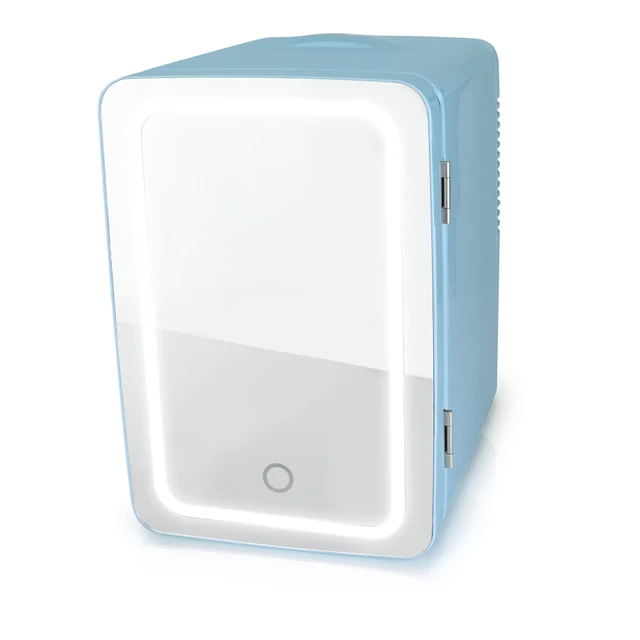
Noisy Operation:
LG refrigerators may produce various types of noise during operation, which can be disruptive and cause concern.
Potential Causes:
The condenser fan motor or evaporator fan motor may be worn out or malfunctioning.
The compressor may be operating inefficiently or nearing the end of its lifespan.
Loose or damaged components within the refrigerator can generate noise.
Possible Solutions:
If the fan motors are causing noise, they may need to be replaced by a professional technician.
Consider scheduling regular maintenance to ensure that the compressor is functioning optimally.
Inspect the refrigerator for any loose or damaged components, and tighten or repair as necessary.
Ice Maker Issues:
Ice maker problems are frequently reported in LG refrigerators, affecting their ability to produce ice consistently or at all.
Potential Causes:
The water inlet valve may be defective or clogged, preventing water from entering the ice maker.
The ice maker module or control board may be malfunctioning.
Possible Solutions:
Inspect the water inlet valve for any signs of damage or blockage and replace if necessary.
If the ice maker module or control board is faulty, consult the user manual for troubleshooting steps or contact customer support.
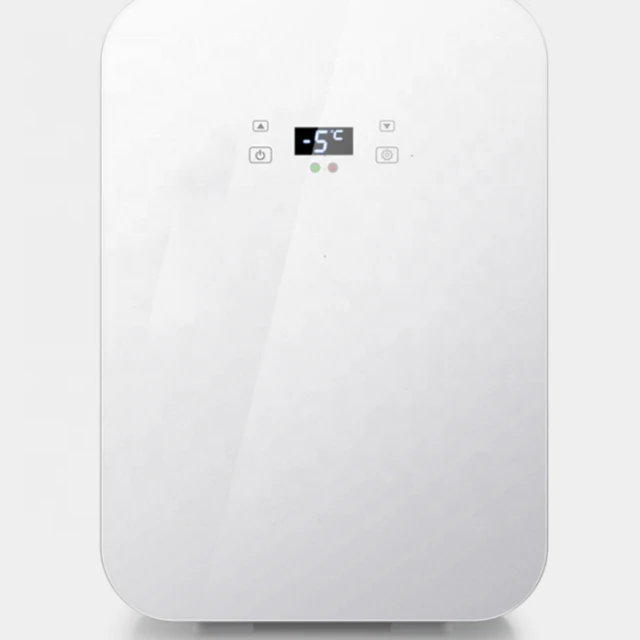
Condensation or Frost Build-up:
Another common issue with LG refrigerators is the accumulation of condensation or frost inside the refrigerator or freezer compartments.
Potential Causes:
The door gaskets may be worn out or damaged, allowing warm air to enter and causing condensation or frost.
The defrost system may be malfunctioning, resulting in excessive frost build-up.
The refrigerator may be located in an area with high humidity levels.
Possible Solutions:
Inspect the door gaskets for any signs of wear or damage and replace if necessary.
If the defrost system is not functioning properly, contact a professional technician for repair.
Consider using a dehumidifier in the surrounding area to reduce humidity levels.
Display or Control Panel Issues:
Some LG refrigerators may experience problems with the display or control panel, affecting their usability and functionality.
Potential Causes:
Electrical issues or power surges may have damaged the control panel.
Software glitches or malfunctions may be causing errors in the display.
Possible Solutions:
Reset the refrigerator by unplugging it from the power source for a few minutes, then plugging it back in.
If the control panel is damaged, contact customer support or a professional technician for repair or replacement.
Update the firmware or software of the refrigerator according to the manufacturer’s instructions.
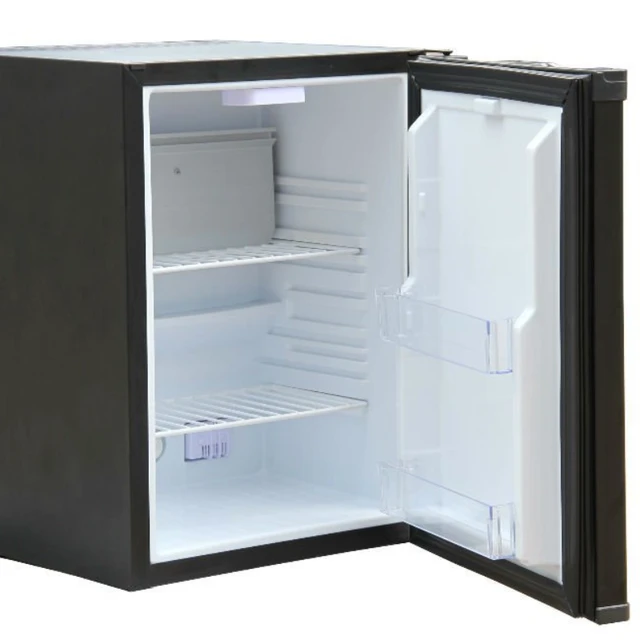
Odor Problems:
Unpleasant odors can occur in LG refrigerators, making it challenging to store and keep food fresh.
Potential Causes:
Spills or food debris may be trapped in hard-to-reach areas, leading to bacterial growth and odor.
The refrigerator may require a thorough cleaning to remove any lingering smells.
The water filter may need to be replaced if it is old or clogged, as it can contribute to odor issues.
Possible Solutions:
Perform a deep cleaning of the refrigerator, including all shelves, drawers, and compartments.
Use a mixture of warm water and mild detergent to wipe down all surfaces, paying extra attention to areas with spills or stains.
Replace the water filter according to the manufacturer’s recommendations.
Frequent Power Outages:
LG refrigerators may face challenges during power outages, especially if they occur frequently or for extended periods.
Potential Causes:
Inadequate power supply or fluctuations in voltage can disrupt the refrigerator’s performance.
Power surges or electrical issues can damage the internal components of the refrigerator.
Possible Solutions:
Consider installing a voltage stabilizer or surge protector to safeguard the refrigerator from fluctuations or surges.
If power outages are frequent in your area, invest in a backup power generator to ensure uninterrupted operation.
Slow Ice Production:
Some LG refrigerators may experience slow ice production, causing inconvenience for those who heavily rely on ice.
Potential Causes:
The water inlet valve may need cleaning or replacement to ensure adequate water flow.
The ice maker may require cleaning or descaling if mineral deposits have accumulated.
Possible Solutions:
Check the water inlet valve for any clogs or malfunctions and clean or replace it as needed.
Adjust the freezer temperature to the recommended setting for optimal ice production.
Regularly clean or descale the ice maker to remove mineral deposits and ensure efficient ice production.
Compressor Issues:
Compressor problems can occur in LG refrigerators, leading to inadequate cooling or complete failure of the appliance.
Potential Causes:
Overloading the refrigerator with a heavy load or blocking the ventilation areas can strain the compressor.
Electrical issues or malfunctions within the refrigerator’s electrical system can affect the compressor’s performance.
Possible Solutions:
Avoid overloading the refrigerator and ensure proper airflow around the appliance.
If the compressor is not functioning correctly, contact a professional technician for diagnosis and repair.
Regularly clean the condenser coils and ensure proper maintenance to prevent compressor issues.
Limited Availability of Parts:
While not a problem specific to LG refrigerators, it is worth noting that finding replacement parts for some models can be challenging.
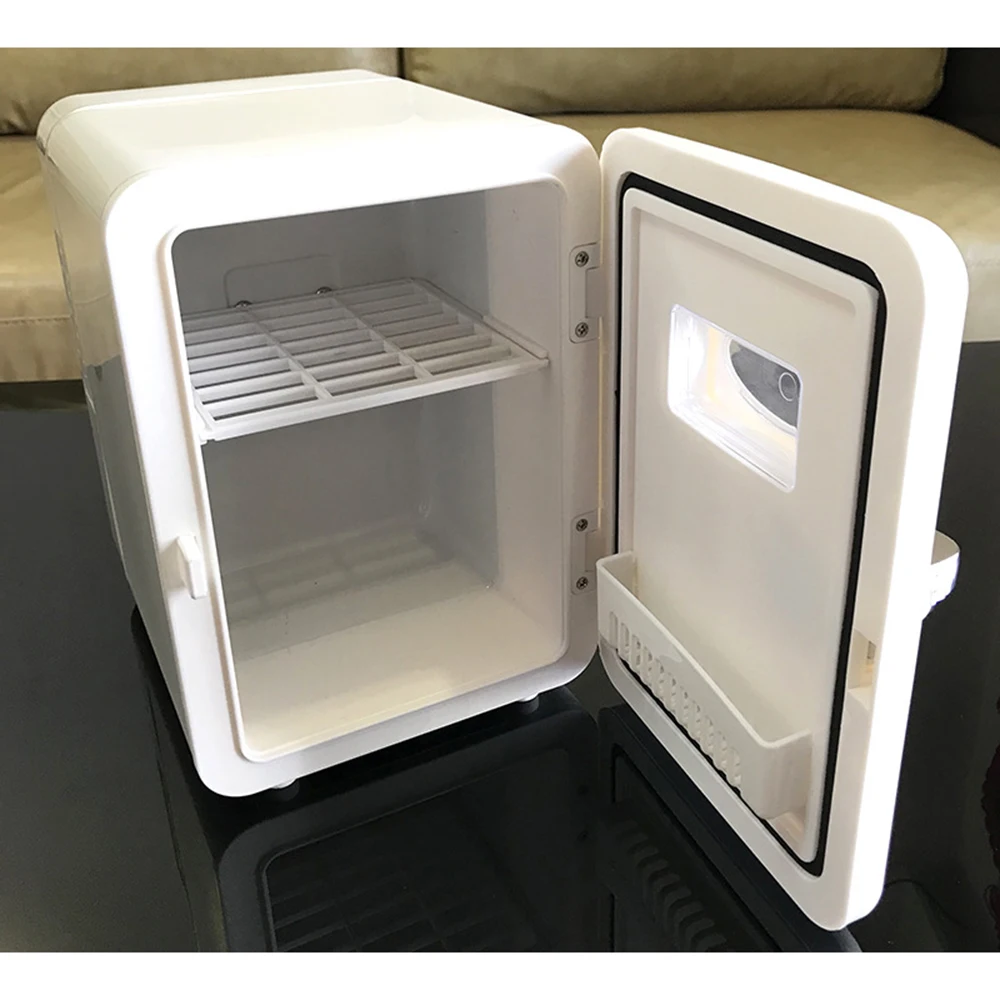
Potential Causes:
LG refrigerators may have specific parts or components that are not as readily available as those for more common brands.
Older models or specialized features may have limited availability for certain parts.
Possible Solutions:
Before purchasing an LG refrigerator, research the availability of replacement parts for the specific model you are considering.
Consider purchasing extended warranties or service plans that cover parts and repairs for an extended period.
Regular Maintenance and Care:
To prevent and address common problems with LG refrigerators, regular maintenance and proper care are essential.
Potential Causes:
Lack of regular cleaning and maintenance can lead to issues like odor, temperature fluctuations, and other performance-related problems.
Ignoring signs of trouble or delaying necessary repairs can worsen the issues over time.
Possible Solutions:
Follow the manufacturer’s recommendations for cleaning and maintenance, including regular defrosting, cleaning of filters, and proper ventilation.
Address any problems promptly by contacting LG customer support or a professional technician.
Keep a record of maintenance tasks and schedule regular inspections to ensure the refrigerator’s optimal performance.
Conclusion:
While LG refrigerators are generally reliable and high-performing, they are not immune to common problems that can arise with any appliance. By understanding the potential causes and implementing possible solutions, you can address these problems effectively. However, if you encounter persistent or complex issues, it is advisable to seek professional assistance from authorized technicians or contact LG customer support for further guidance.

